As we wrap up the International Cooking Tour, we head into the land of my people, the British Isles. They are known for many contributions to civilization but cooking is not at the top of the list. At least it has not been for more years than one can count. One thing you can always bank on is change and that is what is happening in the culinary world, especially in Ireland. But let’s go back in time to trace how this all came to be.
Usually known as the United Kingdom, or UK, it is made up of four parts. Three of these parts—England, Wales, and Scotland—are located on the Island of Great Britain and are considered nations in their own right. The fourth is Northern Ireland, which is located on the island of Ireland and is a province of the United Kingdom. The greater part of Ireland left the United Kingdom in 1922 to form a separate country when it became the Republic of Ireland. When you lump them all together, you get the British Isles.
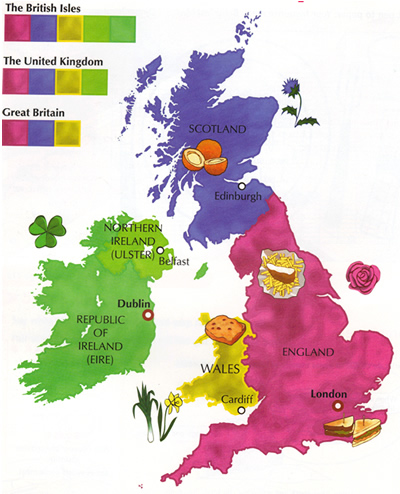
Traditionally, England has been known as a country of “beefeaters” and Roast Beef and Yorkshire Pudding has long been the country’s usual Sunday dinner. An interesting little tidbit regarding the possible origin of the name “Beefeater” goes back to about the 16th century and the Yeomen of the Guard, which is a distinct corps of Royal Bodyguards of the British monarch. They were given the right to eat as much beef as they wanted from the King’s table as it was considered part of their wages. Steak is also popular as an ingredient in hearty savory dishes such as steak and kidney pie or steak and mushroom pie. Being an island, Britain has always had a fresh supply of fish and seafood, both from the sea and the freshwater rivers. Salmon, Dover sole, turbot, mackerel, herring, oysters, eel, and shrimp are popular. Smoked fish is an English specialty, and smoked herrings, known as kippers, were once a very common breakfast dish. One of the most well known dishes associate with England is Fish and Chips. Fish (cod, haddock, and plaice) is deep-fried in flour batter with chips (fried potatoes) and dressed in malt vinegar. England is renowned for its dairy products, particularly the rich clotted Devon cream from the country’s southwest. There are also world-class cheeses produced in many counties, each a fine variety bearing the name of its place of origin: Cheddar, Stilton, Cheshire, Derby, Lancashire, and Wensleydale, to name a few.
Pubs are popular for lunch and many still enjoy a typical “ploughmans lunch,” consisting of bread, cheese, pickles, and sometimes cold meat, all washed down with a good glass of ale. Another simple and popular lunch item is the Cornish pasty, a turnover filled with chopped meat, potatoes and vegetables.
For supper or “high tea,” some favorite traditional English dishes include Shepherd’s Pie, made with mince lamb and vegetables and topped with mashed potatoes and Bubble and Squeak which is made from cold vegetables and meat leftover from a previous meal. This is fried in a pan together with mashed potatoes until the mixture is well cooked and brown on the sides. The name is a description of the sight and sound the ingredients make during the cooking process.
A sandwich has always been very popular snack, but the first to eat one was the Earl of Sandwich (1718-1792). He was a dedicated gambler and refused to leave the gaming tables to eat. During one of his marathon gambling sessions he asked a waiter to bring him a piece of ham between two pieces of bread, and so invented the sandwich.

Put the kettle on! Afternoon tea was introduced in England by Anna, the seventh duchess of Bedford, in 1840. A tray of tea, bread, and butter was brought to her room during the afternoon. This became a habit of hers and she began inviting friends to join her. This pause for tea became a fashionable social event.
Fruit desserts are popular, from pies and fruit crumbles to trifles and summer puddings made with fresh berries, as well as cakes flavored with spices or dried fruits or filled with jam and cream. Dense steamed puddings such as plum pudding with brandy sauce are considered English Christmas traditions. French and Italian cooking are extremely popular in England, but its Indian cuisine, first brought to Britain in the days of the Raj and further popularized with the arrival of Indian immigrants, that has become an important English food.
The importance of agriculture to the economy of Wales as well as the availability of local produce has created a cuisine and national diet that is based on fresh, natural food. In coastal areas fishing and seafood are important to both economy and local cuisine. While the Welsh national specialty is mountain lamb, it was pig that was the basis of the diet in rural areas. Bacon remains an essential food, used today with only two vegetables cultivated in Wales – leeks and cabbage.
Wales is particularly known for its cheeses. Welsh Rabbit, also called Welsh Rarebit, a dish of melted cheese mixed with ale, beer, milk and spices served over toast, has been popular since the early eighteenth century.
The food of Scotland is simple, with heavy emphasis on meat. Roast lamb, roast beef, and steaks from Aberdeen-Angus cattle served with potatoes and bread make up the main meals. For many centuries Scottish cuisine centered on making use of every scrap of food available. This frugal attitude is seen in the Scottish national dish, a sausage like concoction called Haggis. It is made by chopping up the heart, liver, and lungs of a sheep, putting these ingredients in a bag made of the sheep’s stomach, and boiling the bag and its contents. This has got to be an acquired taste…..
Traditional Scottish oatmeal is made with pinhead oats, or oats that have not been crushed or rolled. Scotch Broth is a thick, wholesome soup made of various ingredients; the most important is barley, which is cooked with either, lamb or beef as well as vegetables. Mince and tatties is similar to the English Shepherd’s Pie. Minced beef, onions, and pinhead oatmeal are first fried and then mixed with vegetables and braised in gravy.
Our last stop is Ireland, which seems most fitting because this is the country I feel most connected with. My Mom traced our family genealogy on both sides back to “Irish Royalty”, the O’Malley’s and the O’Flaherty’s, Aughnanure Castle (“the family castle”), Grace O’Malley (Granuaile) the Irish Pirate Queen and such but I guess if you go back far enough, we are all related somehow. I know I have never met a potato I didn’t love so it must be in my blood. It is said when it comes to food there are three major periods in Irish history; before the potato arrived, after the potato arrived, and after the potato failed. Potatoes came to Ireland by way of South America, and by 1688 they were a staple of the Irish diet.
The diet changed dramatically after the famine but potatoes continued to be important. Colcannon is a dish made of potato and wild garlic, cabbage, or curly kale. Champ is a combination of mashed potato and egg, into which chopped scallions are mixed.
Probably associated with Ireland more than any other food or beverage is stout (black beer) originally produced by Guinness Brewery. It is an Irish success story of which all Irish people are proud.
Today, Ireland’s chefs are taking advantage of international training and culinary renaissance is taking place producing dishes that are lighter and more sophisticated. Cork’s designation as the European Capital of Culture in 2005 was quite an honor. It is the smallest city ever to be awarded with such a high Euro-cultural profile. The Irish Tourism Board has capitalized on this trend and coined the phrase “new Irish cuisine.” Food today includes river oysters, grass-fed lamb, cows and pigs, and fresh smoked salmon.
Ireland’s cheese-making tradition is developing, though Irish farmers have been making butter for hundreds of years. In southern Ireland in the 18th century, one of the main exports from Ireland to the West Indies and South America, was butter, mainly because of the mild climate and the many dairy farms in Ireland at the time. One of the main butter roads ran in an almost straight line of about 70 miles long, from Castleisland, Kerry to the Butter Exchange in Cork, where the butter was auctioned off to the highest bidder. Kerrygold butter can be found around the world.
The agriculture, climates and foods of the British Isles have many similarities. We are going to borrow a dish from England, Shepard’s Pie and top it with a dish from Ireland, Colcannon for a doubly tasty treat on a cold winters day. Technically, if Shepherd’s Pie is made with a meat other than lamb or mutton, it is actually a Cottage Pie, so this recipe really is a mash-up!
Colcannon
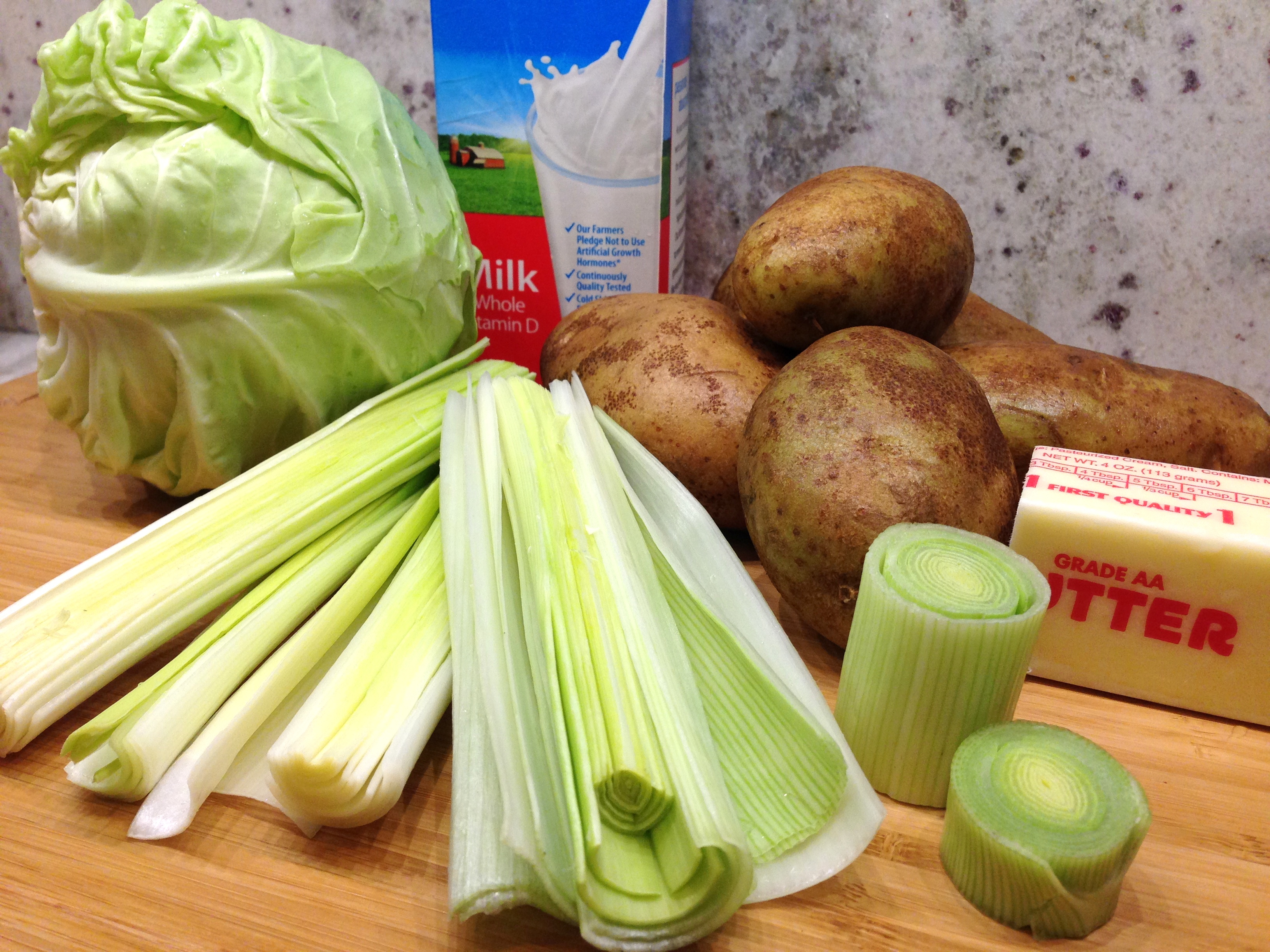
Simple, earthy ingredients that are the very definition of comfort food. Colcannon is a wonderful side dish all on it’s own! The flavor from the leeks in the milk permeates the potatoes and the creamy potatoes against the crunch of the cabbage is almost like a meal itself.
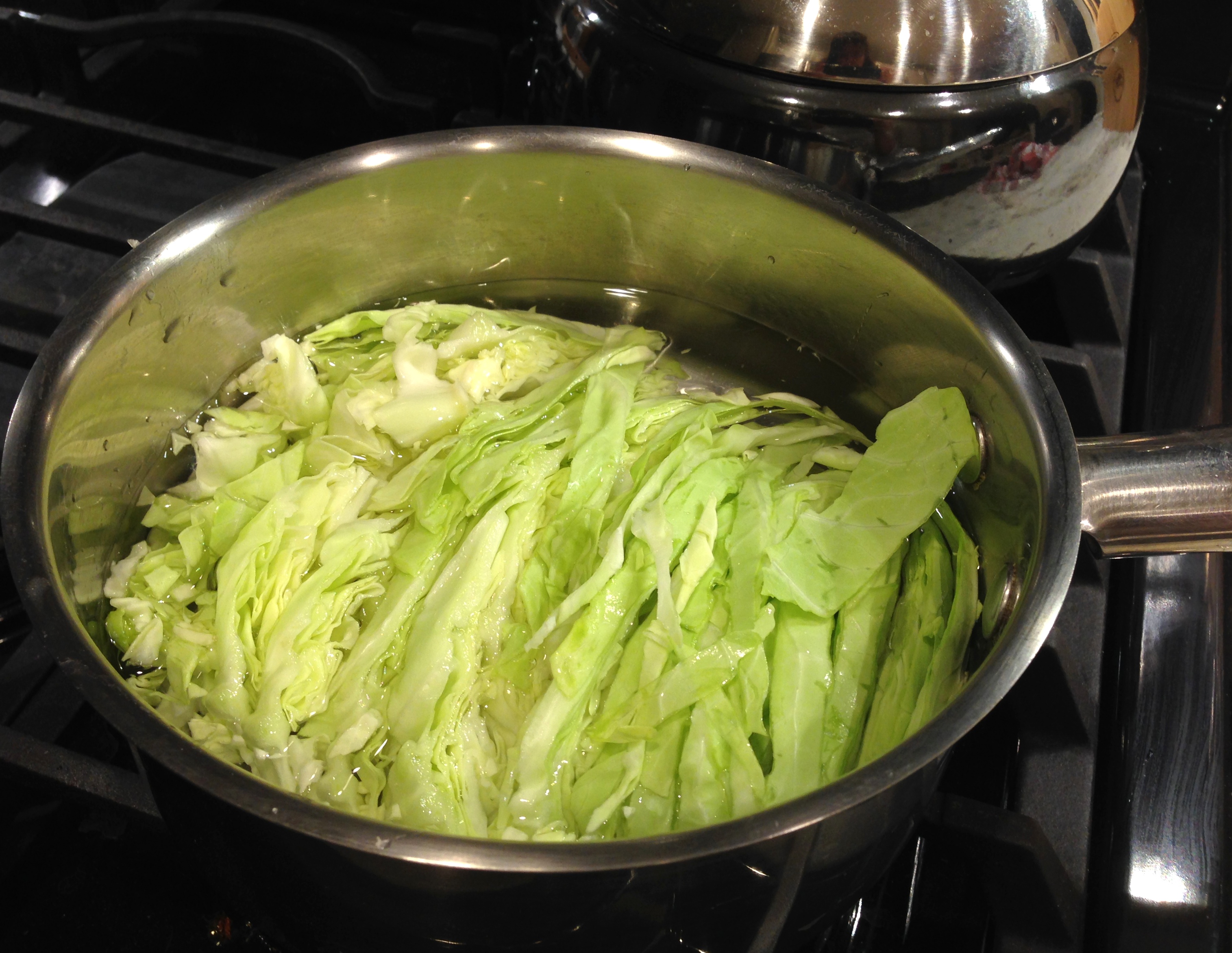
Cook cabbage about 6-8 minutes until crisp tender.
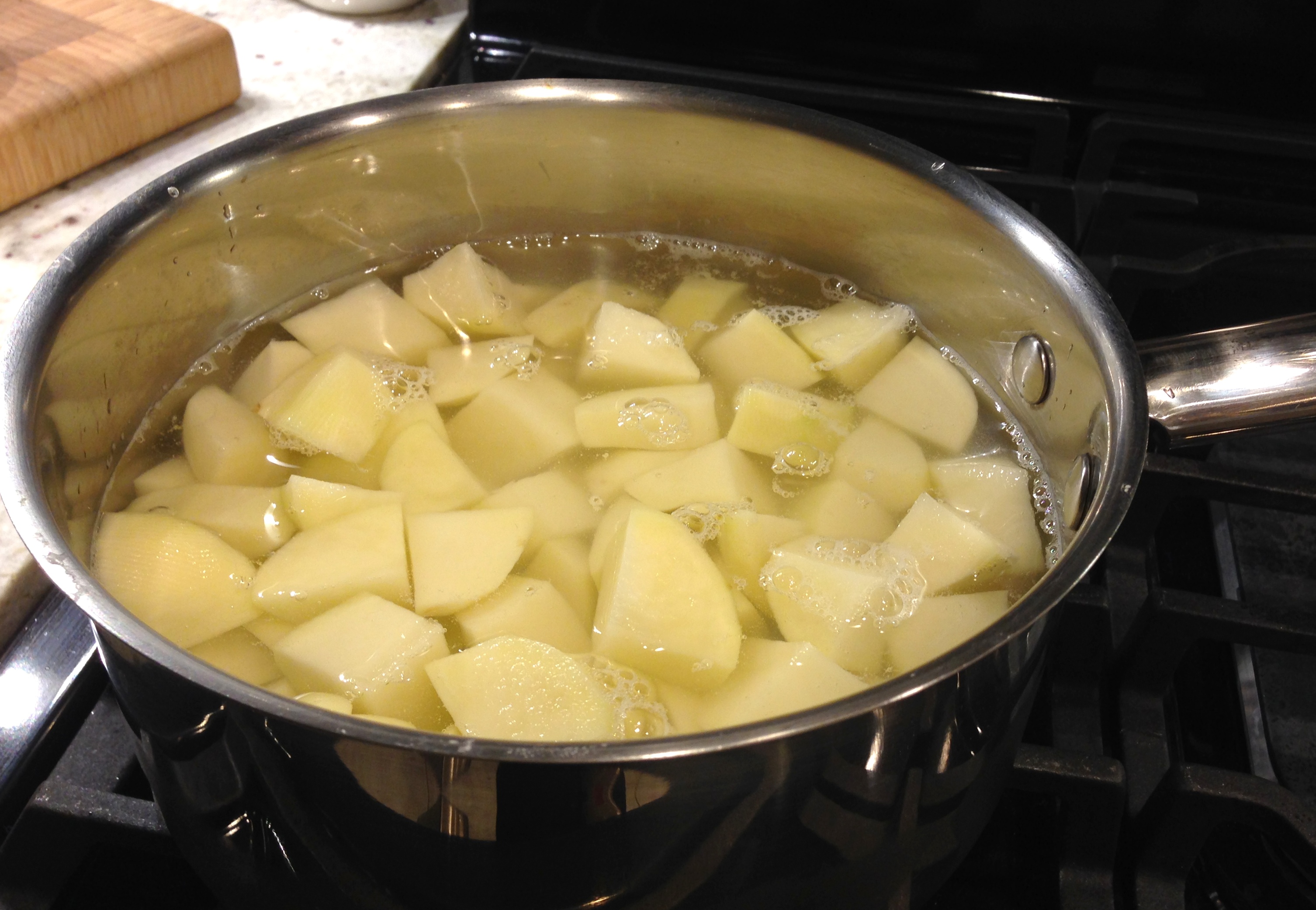
Cook potatoes, 10-12 minutes in boiling water until fork tender.
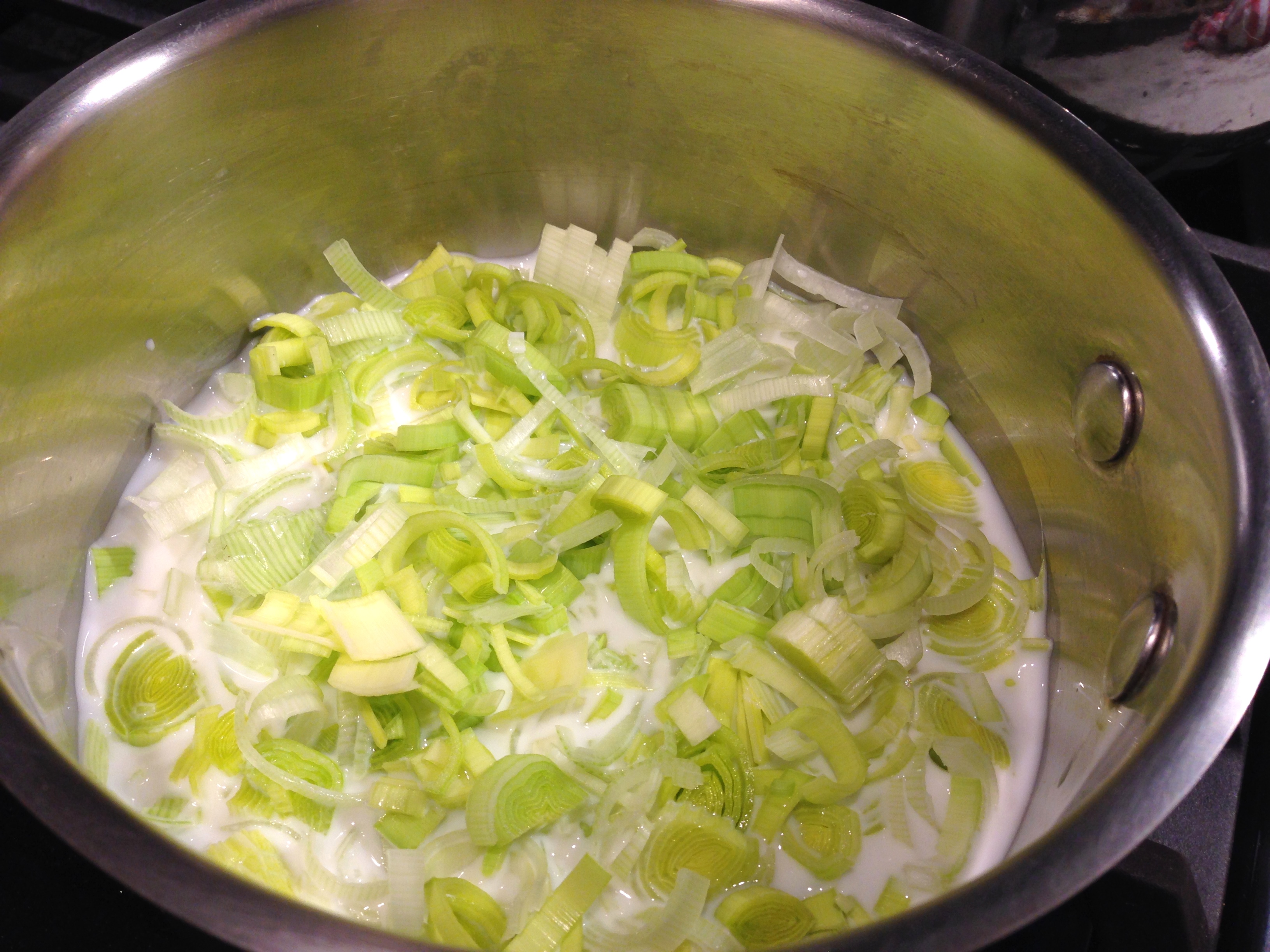
Combine the leeks and milk over medium heat. Bring to a simmer and cook 6 to
8 minutes or until tender. The flavor of the leeks will infuse into the milk for a subtle onion flavor.
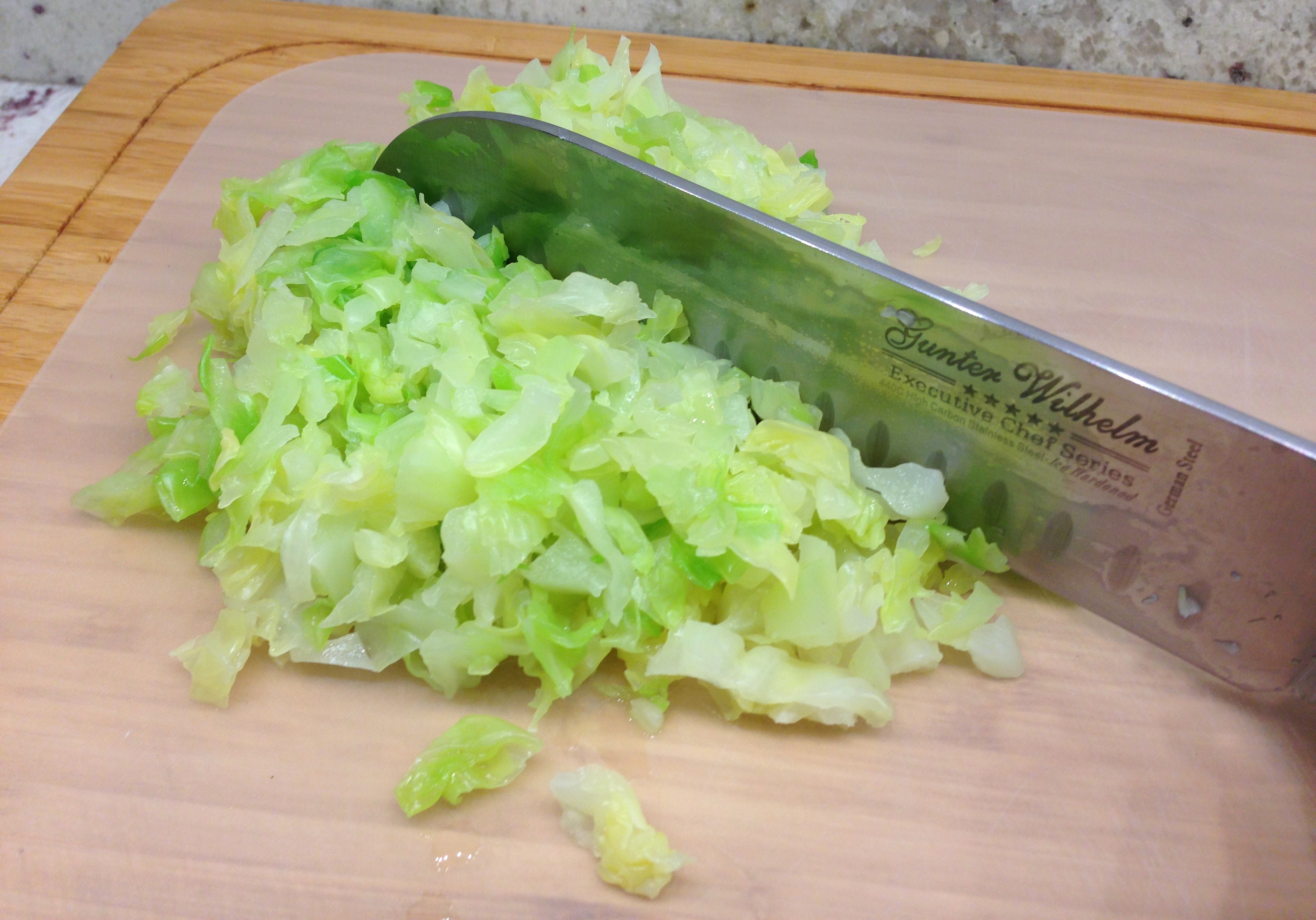
Drain the cabbage and chop.
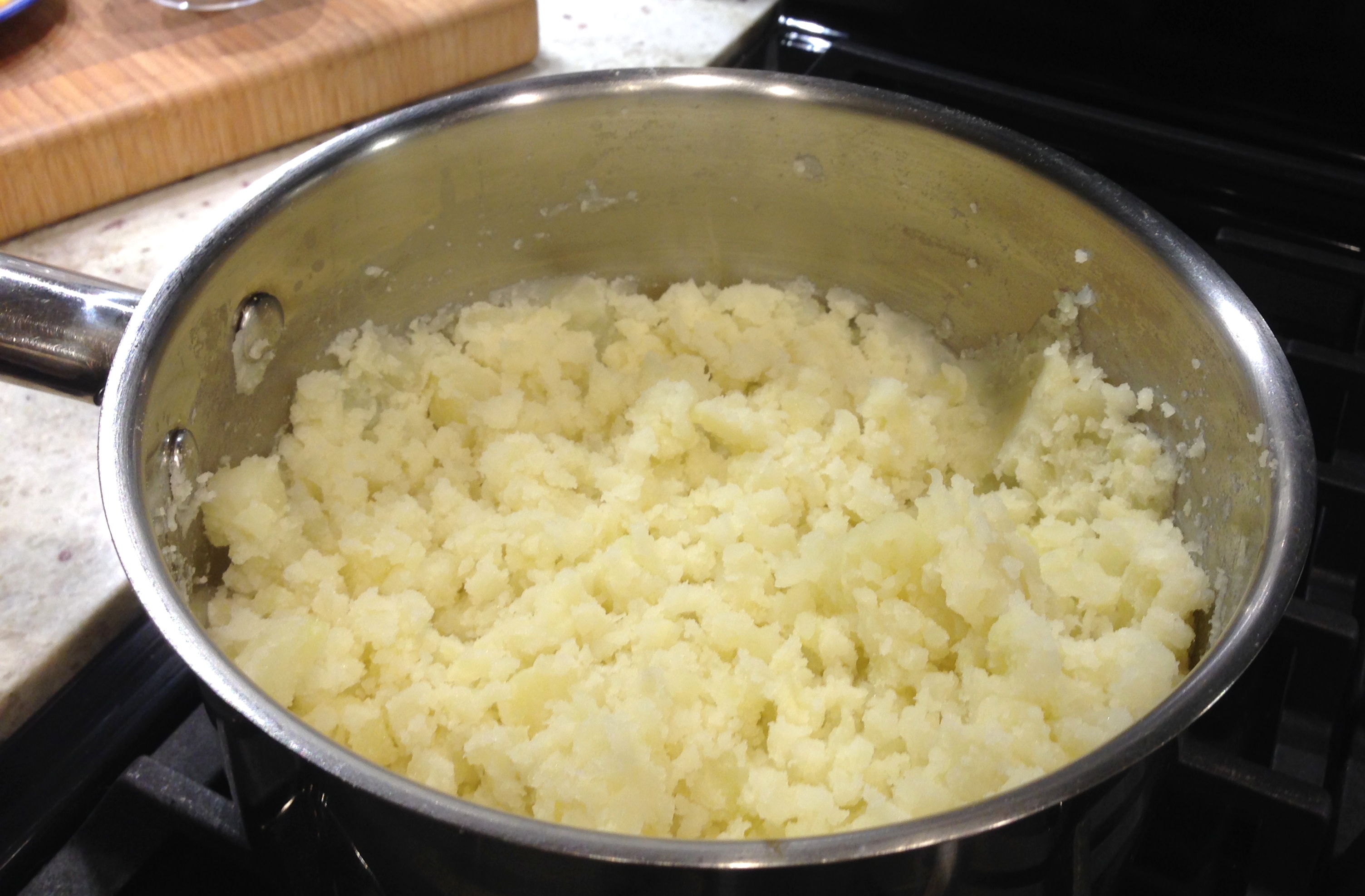
Drain the potatoes and mash.
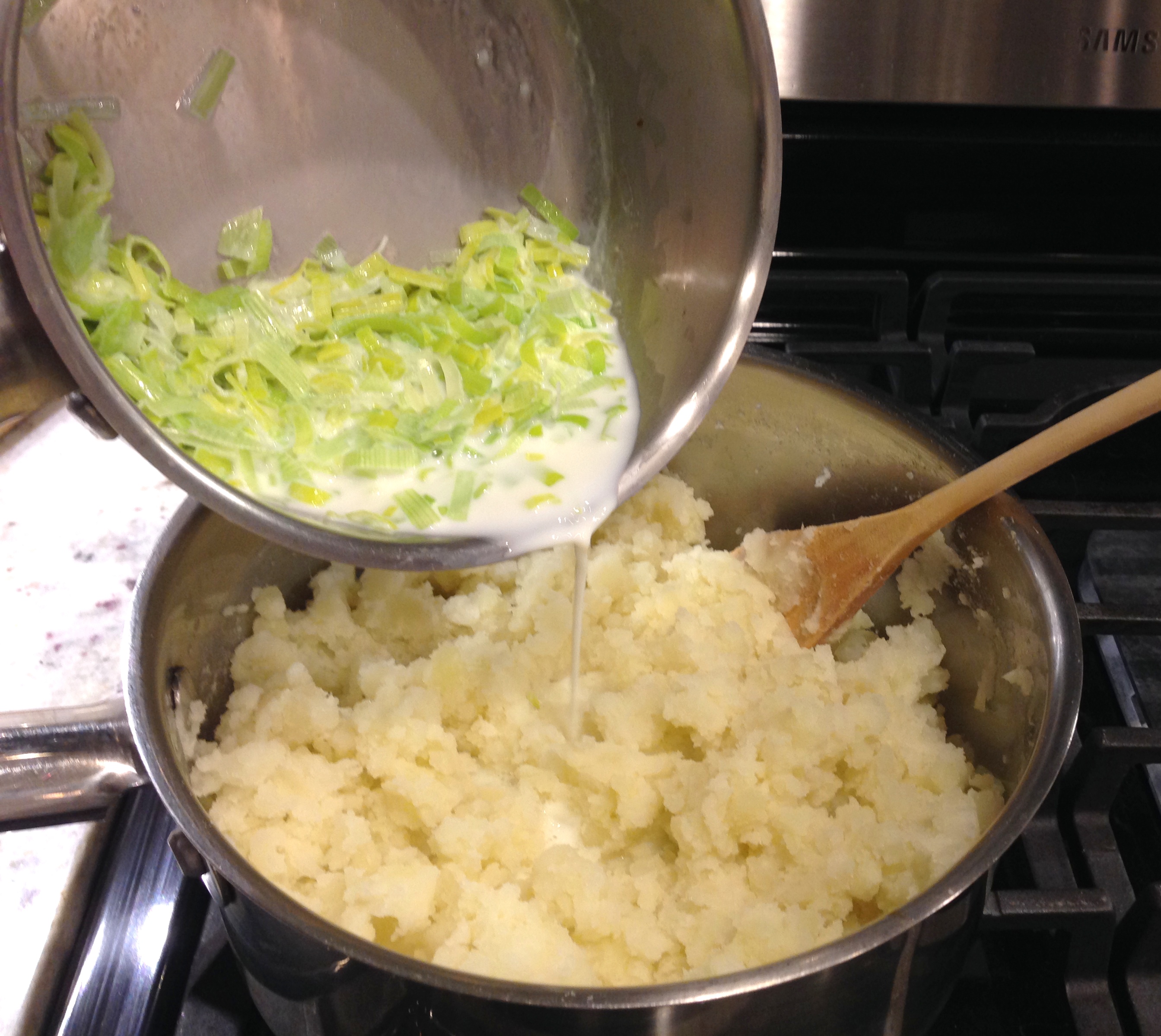
Add the leek and milk mixture to the potatoes, salt and pepper; stir to blend.
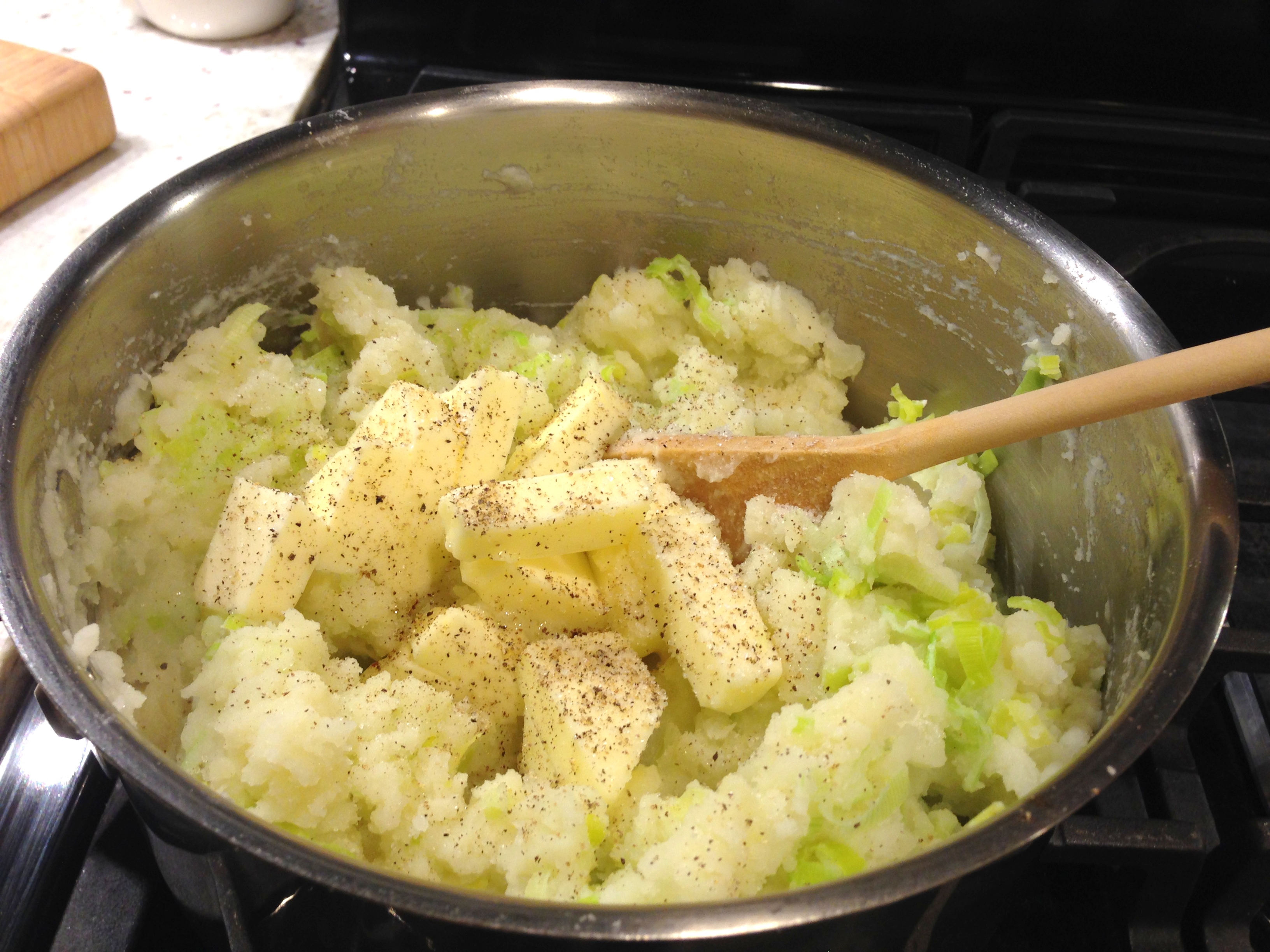
Add the cabbage and butter; mix well until butter has melted and blended in.
Correct seasoning, put a lid on the pot and keep warm.
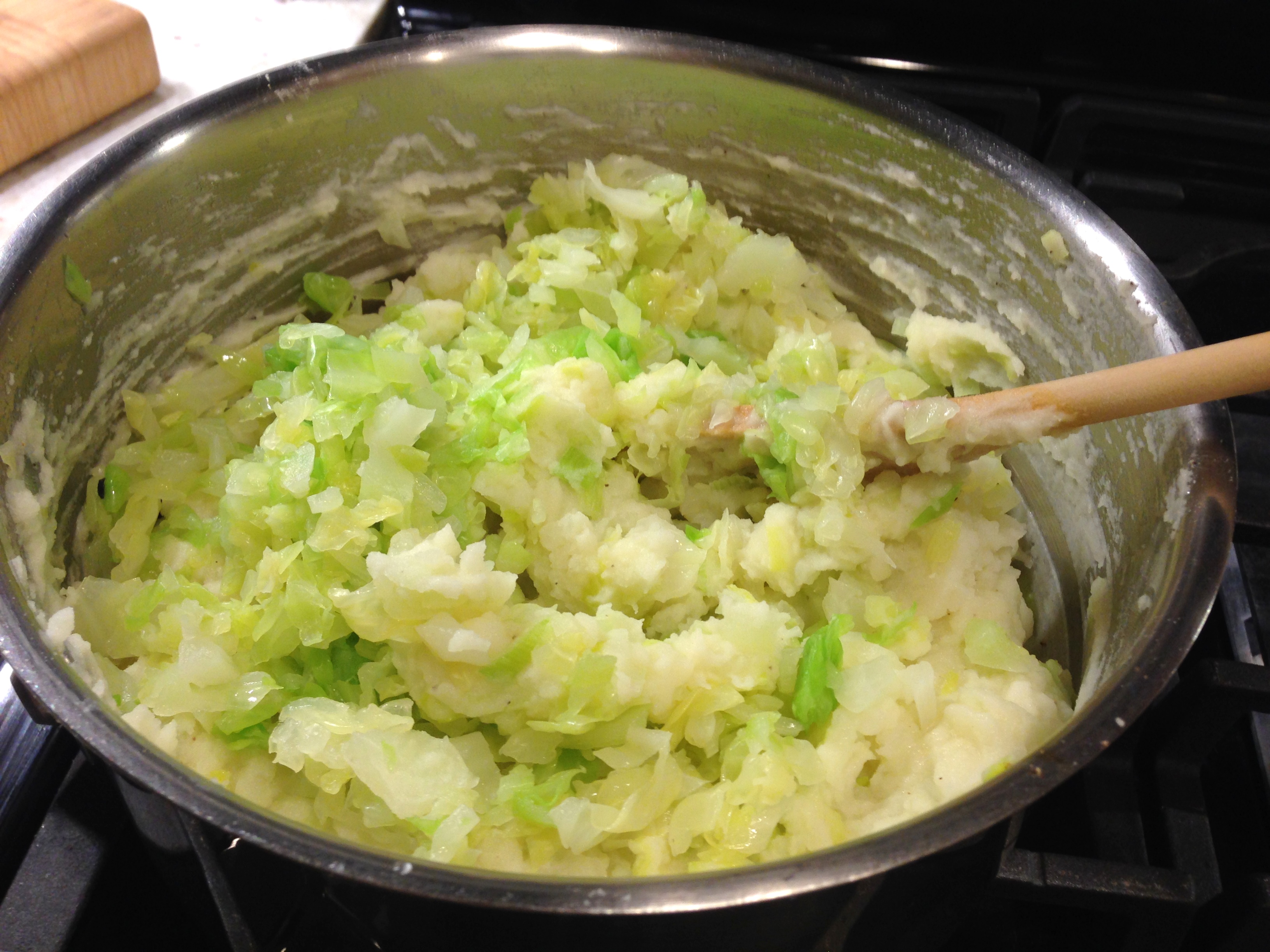
Colcannon! I could eat a huge bowl of this! Warms my Irish soul and makes me a very happy girl indeed! Yum!
Shepherd’s Pie
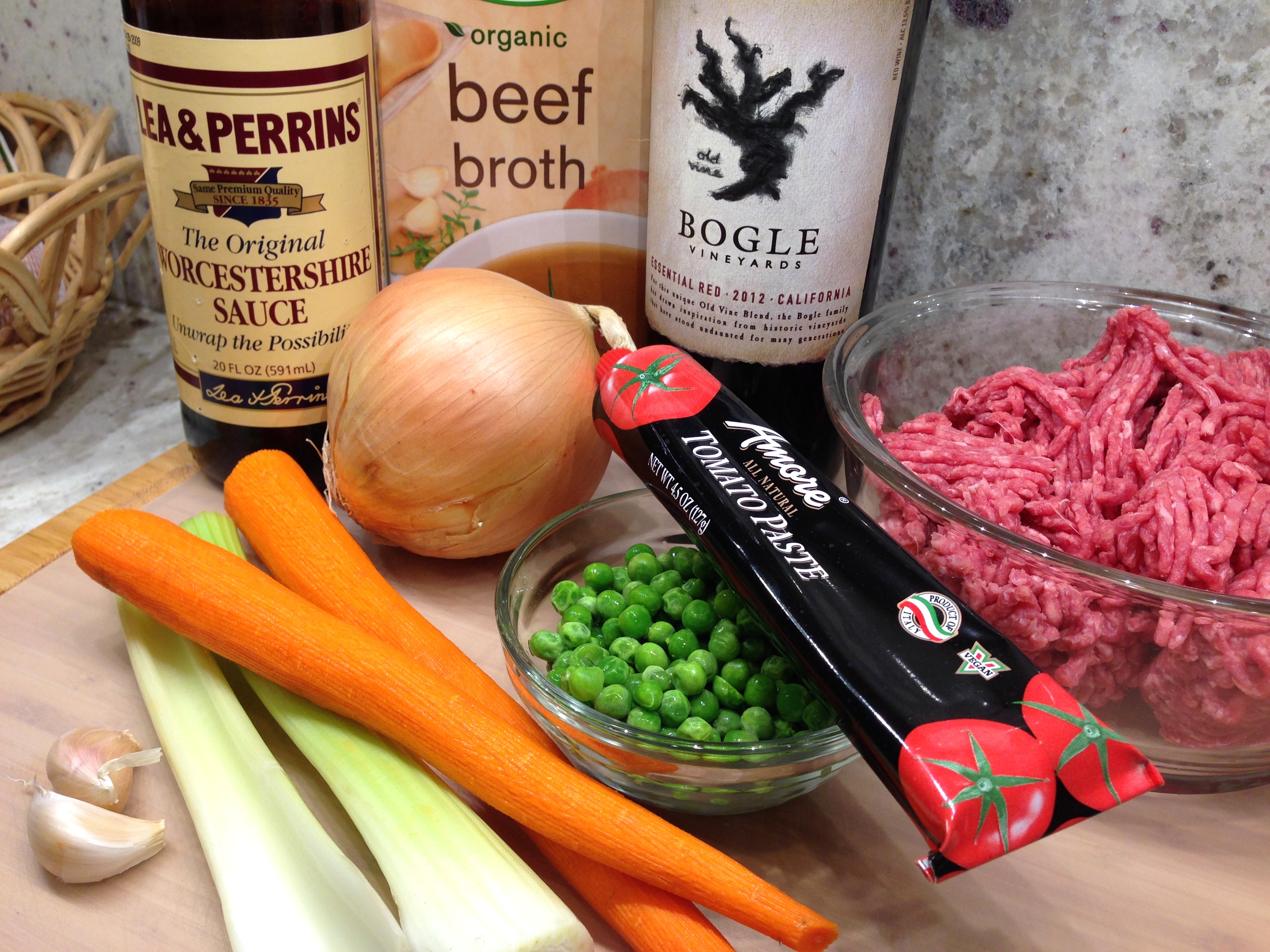
Preheat oven at 400 degrees F. I used ground beef but you can substitute ground turkey if you prefer. We have wandered off the authentic shepherd’s pie lamb trail this far so why not take any meat path that pleases you.
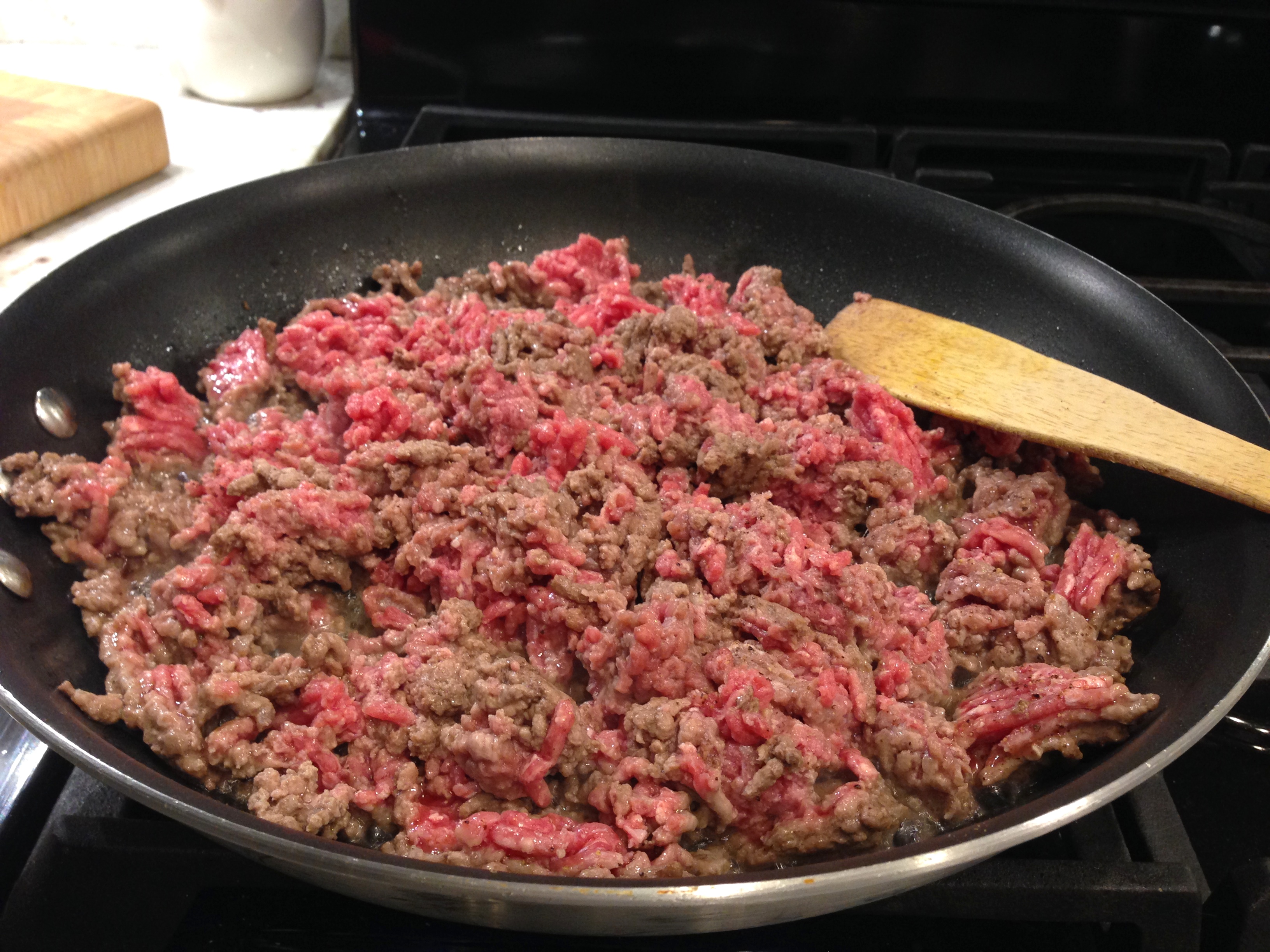
Cook the ground beef in a very large skillet until beef is no longer pink about 10 minutes. Season with salt and pepper. Drain any excess grease and set aside.
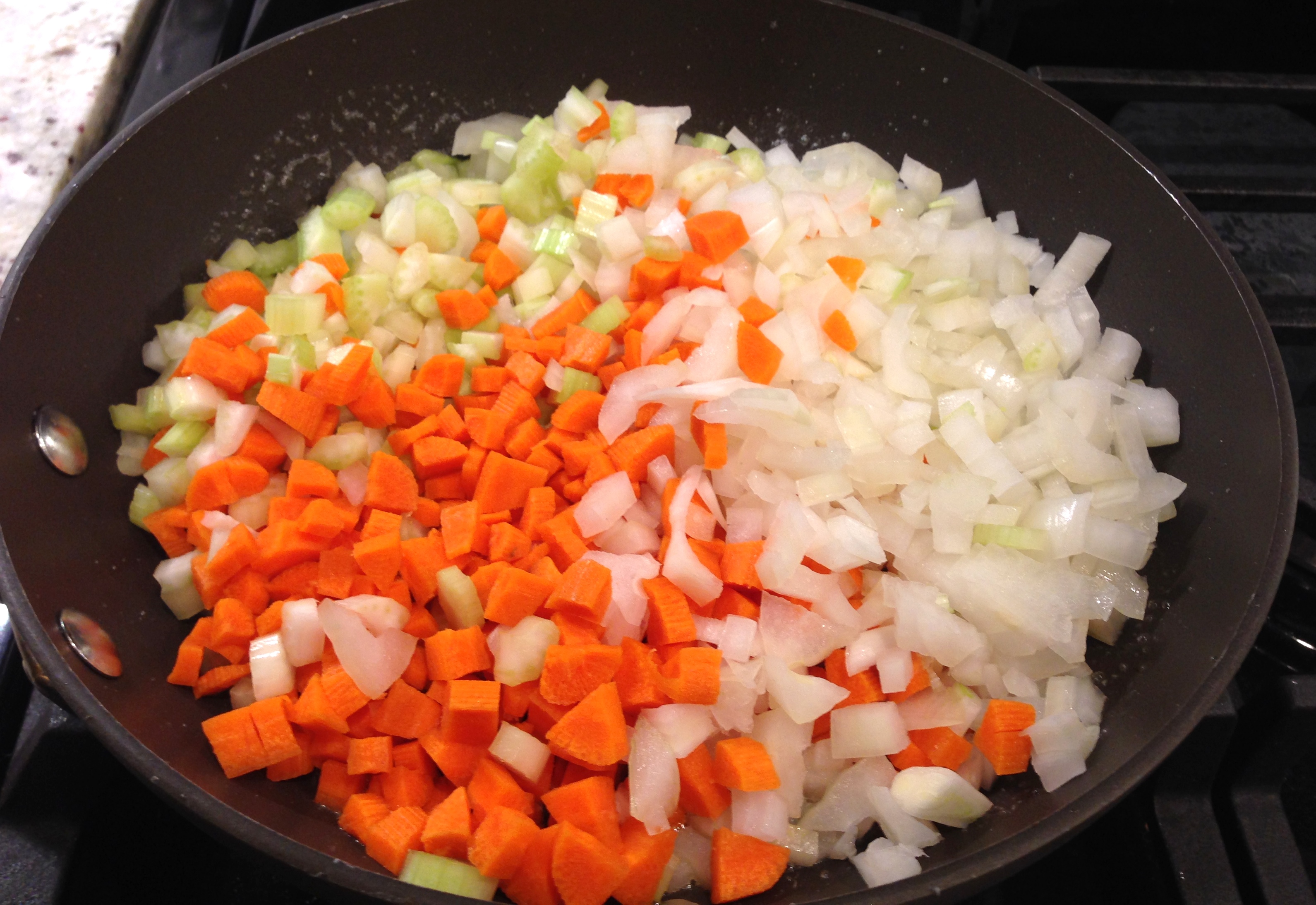
Add butter and oil to a large skillet on medium heat.Saute onions, carrots, celery and garlic until tender for about 7 to 10 minutes. Season with salt and pepper.
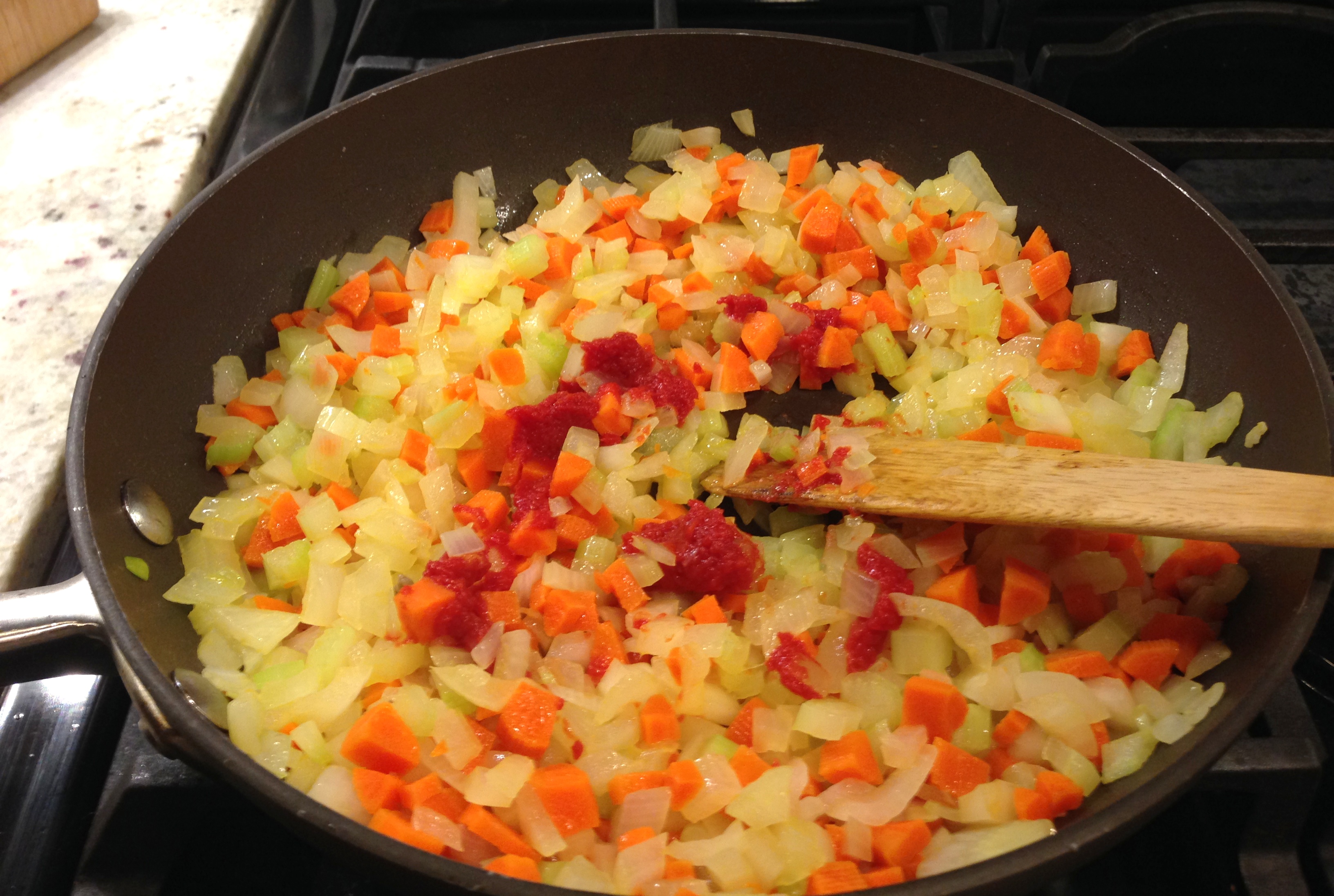
Once the vegetables have softened and started to brown a little add the tomato paste and mix evenly.
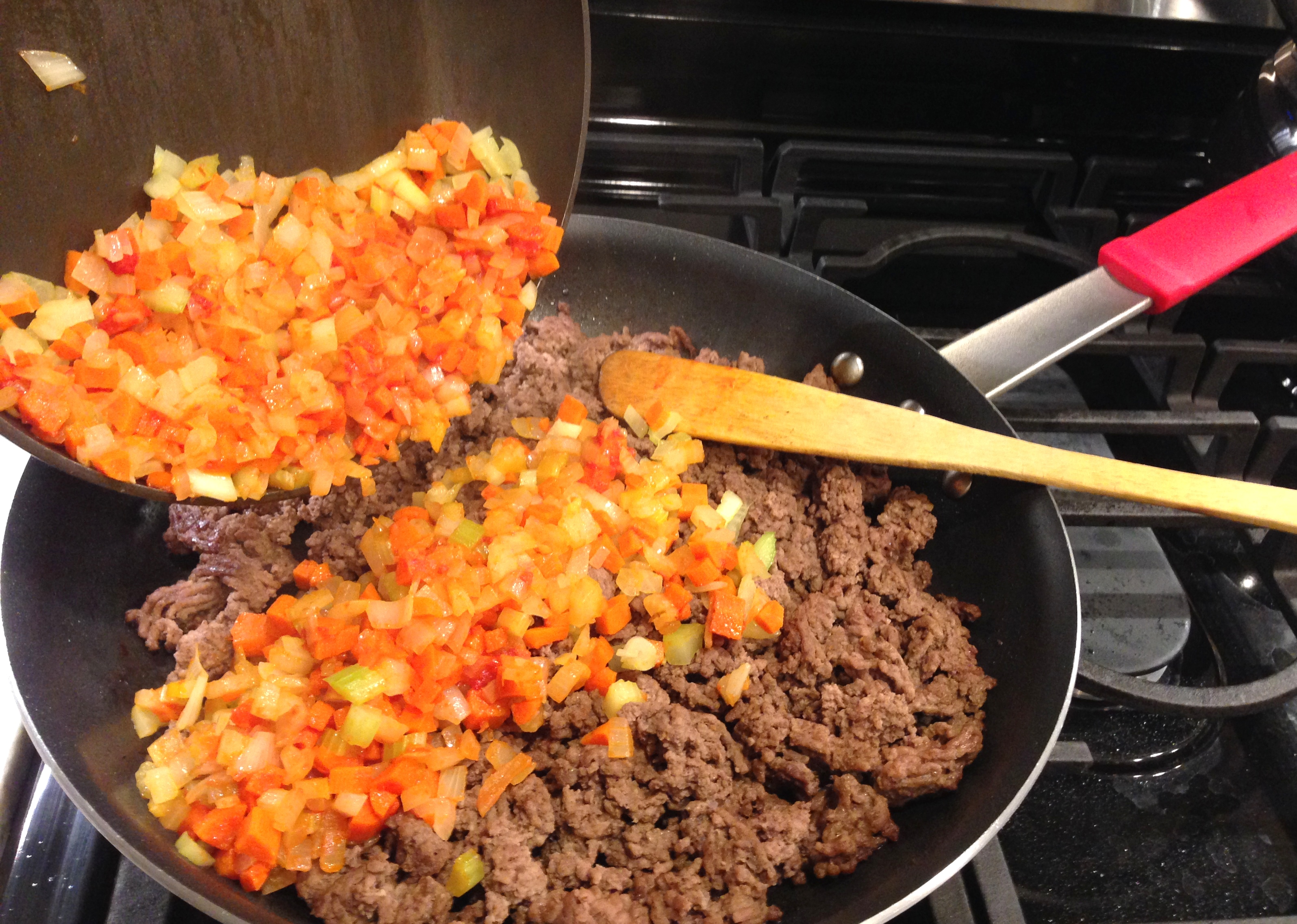
Add the vegetables to the beef mixture and add the Worcestershire sauce, red wine and beef stock. Season with salt and pepper, to taste.
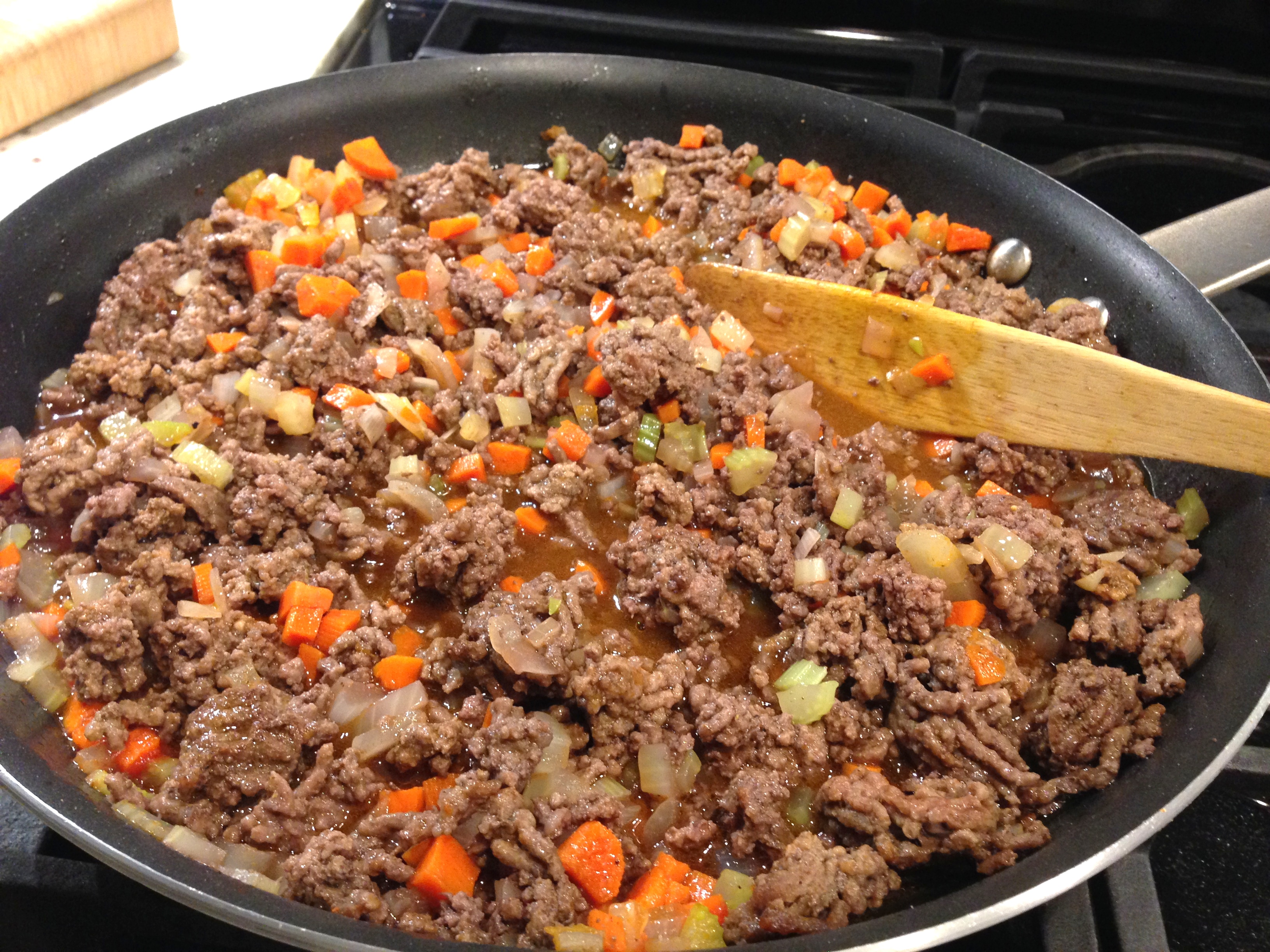
Cook and simmer for another 10 minutes. The wine needs to cook off and impart the wine flavor not alcohol into the broth and meat.
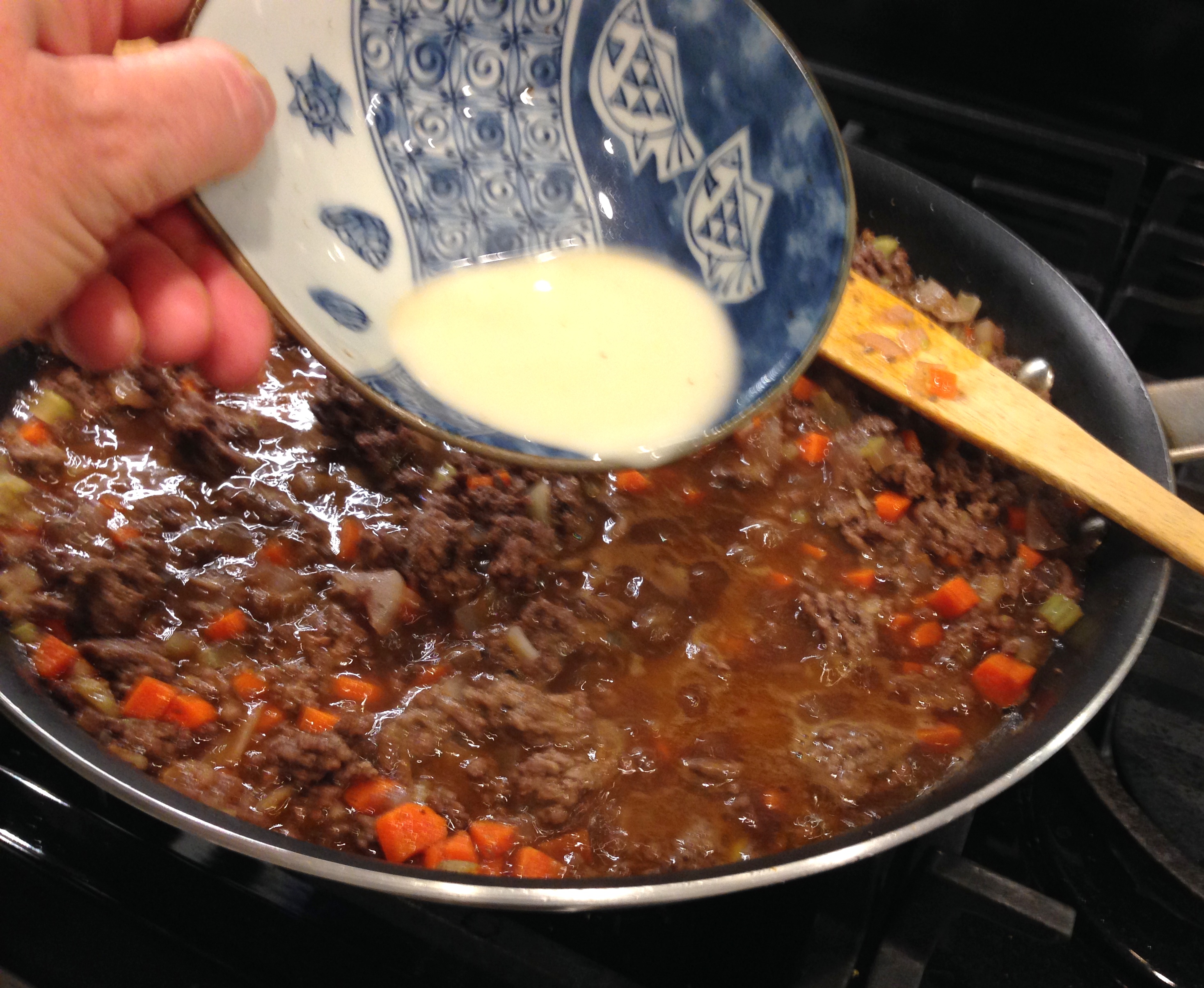
Mix the corn starch with the 1/4 cup cold beef stock to make a slurry. Add to simmering liquid and stir to combine. Broth will thicken. Always add cool/cold starch liquids to hot liquids. Not hot to hot or you will get lumps. Great way to thicken sauces and keep them gluten free!
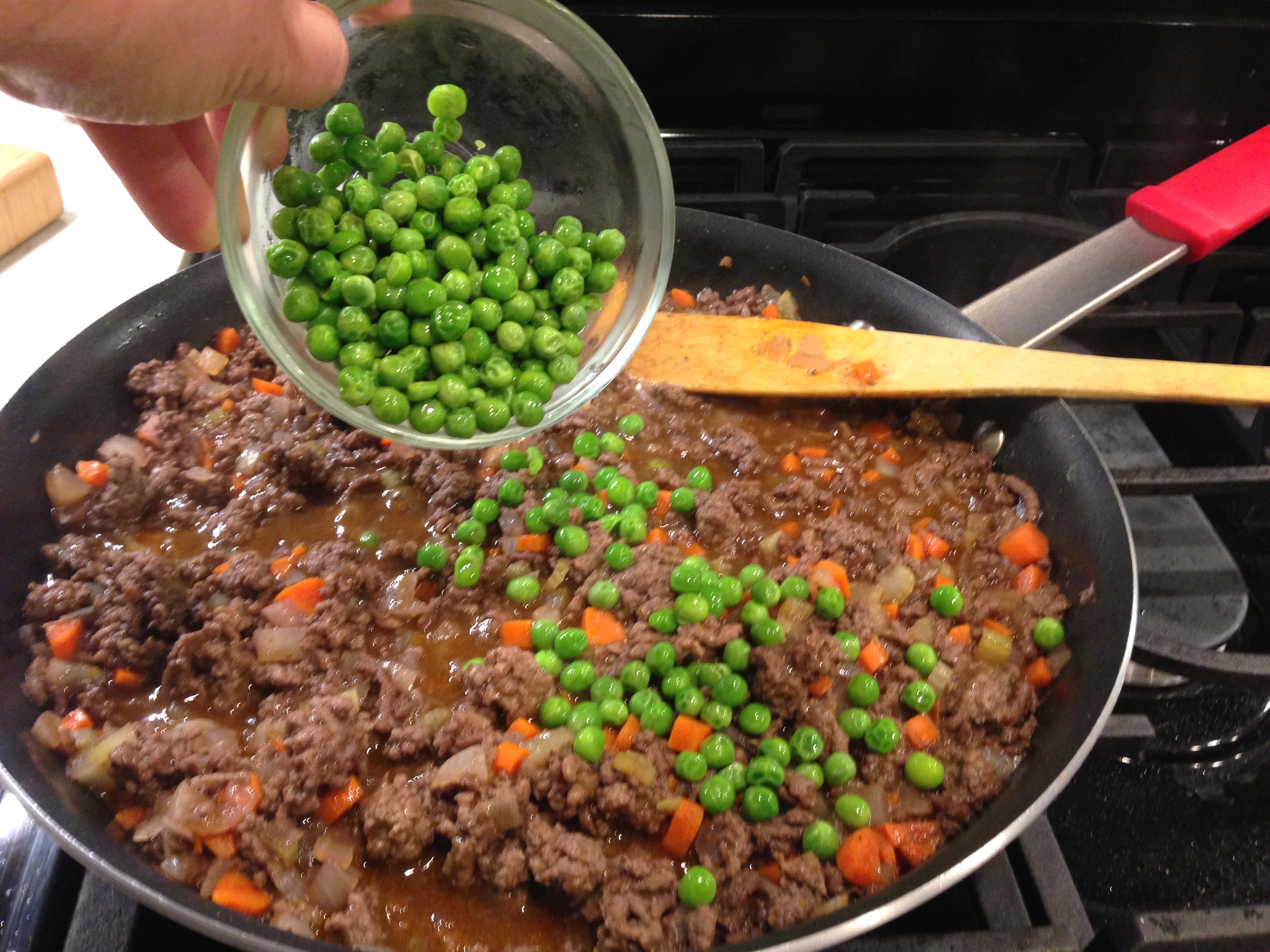
Mix in the peas. The color of the Irish hillsides.
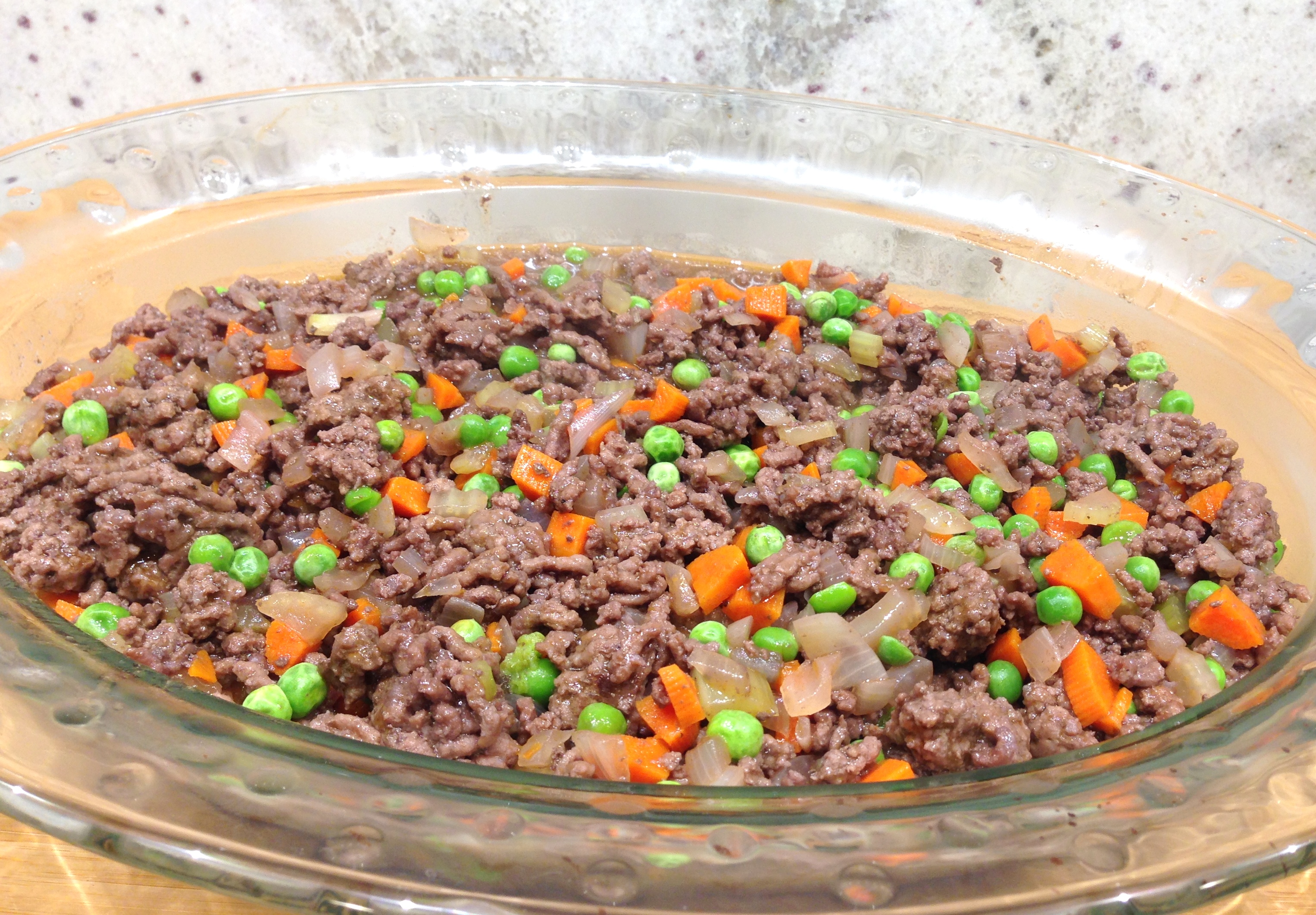
Transfer mixture to an oven-proof baking dish and spread evenly.
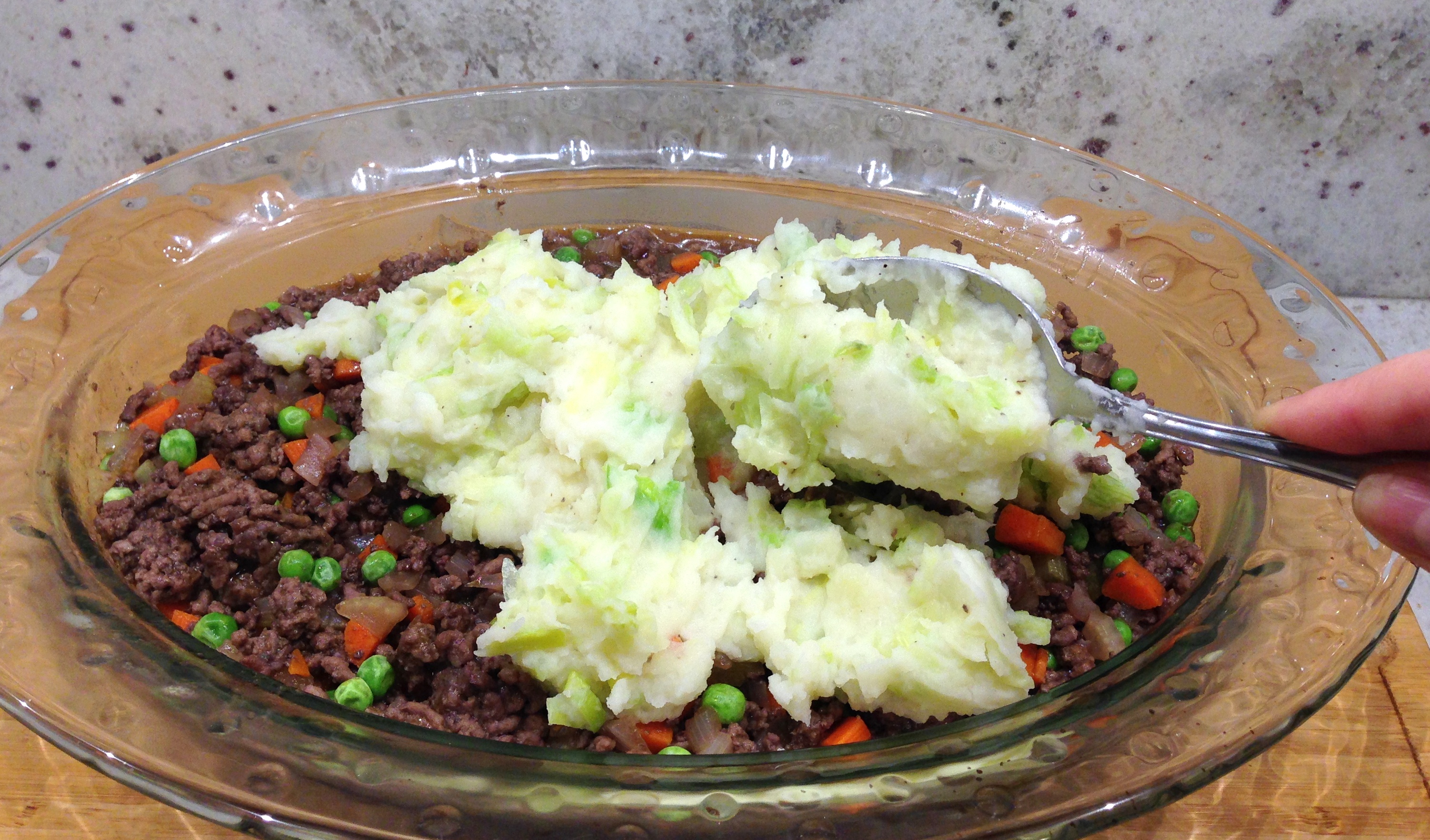
Place Colcannon on top of ground beef mixture and spread out evenly, making sure to get potatoes to the edges.
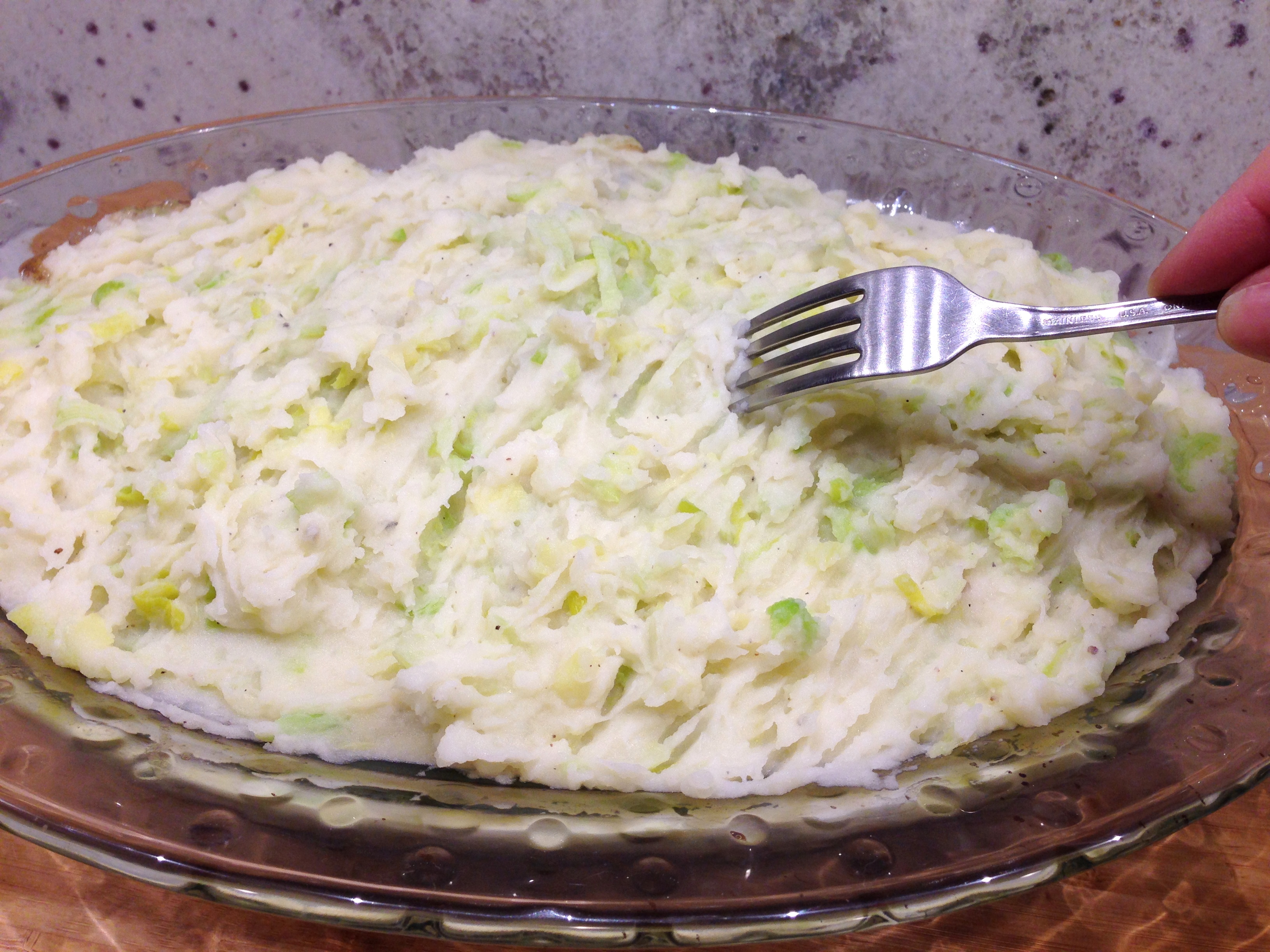
Once the top surface has been sealed, rake through potatoes with a fork so there are peaks that will brown.
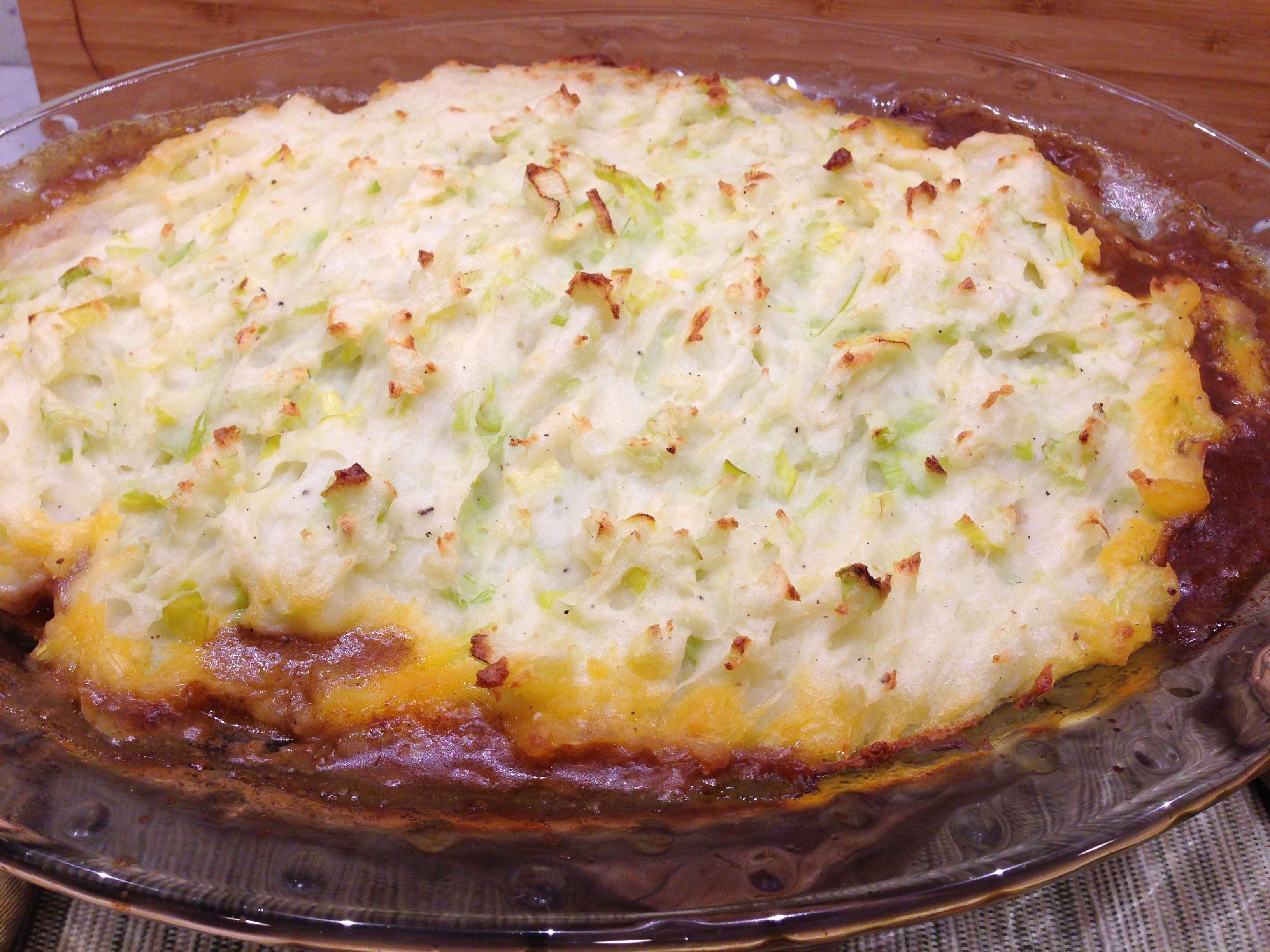
Place the dish into the preheated oven and cook until browned about 20 minutes. You can also place it under the broiler for a couple minutes to brown the peaks.
~ Spoon out the shepherd’s pie and serve.
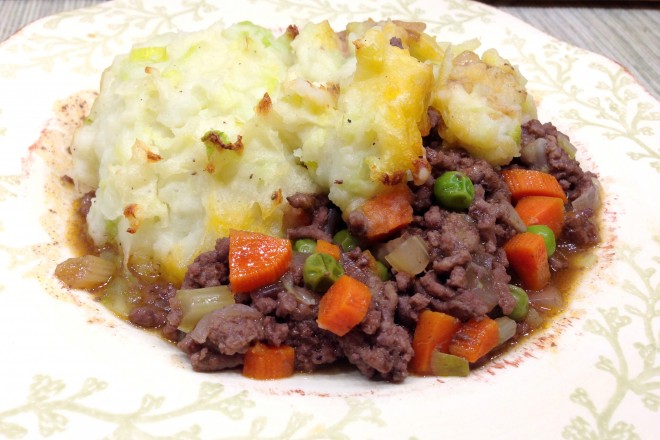

- 2 cups Cabbage, cored and shredded
- 2 1/2 pounds Russet potatoes, peeled and cut Into 2 inch pieces
- 1 cup Leeks, white and light green parts, washed and sliced
- 1/2 cup Milk
- Salt and pepper, to taste
- 5 tablespoons Butter, cut into small pieces
- 1 1/2 pounds lamb or lean ground beef or turkey
- 1 tablespoon butter
- 1 tablespoon olive oil
- 1 onion, diced
- 2 carrots, diced
- 2 stalks celery, diced
- 2 cloves garlic, crushed
- Salt and freshly ground black pepper
- 1 tablespoon tomato paste
- 2 tablespoons Worcestershire sauce
- 1 cup beef stock
- 1 cup red wine
- 2 teaspoons corn starch
- 1/4 cup cold beef stock
- 2/3 cup garden green peas
- Colcannon: Cook cabbage, 6-8 minutes and potatoes, 10-12 minutes separately in boiling salted water until tender.
- Combine the leeks and milk over medium heat. Bring to a simmer and cook 6 to
- 8 minutes or until tender.
- Drain the cabbage and chop.
- Drain the potatoes and mash.
- Add the leek and milk mixture to the potatoes, salt and pepper; stir to blend.
- Add the cabbage and butter; mix well until butter has melted and blended in.
- Correct seasoning, put a lid on the pot and keep warm.
- Shepherd's Pie: Preheat oven at 400 degrees F.
- Cook the ground beef in a very large skillet until beef is no longer pink about 10 minutes. Season with salt and pepper. Drain any excess grease and set aside.
- Add butter and oil to a large skillet on medium heat.Saute onions, carrots, celery and garlic until tender for about 7 to 10 minutes. Season with salt and pepper.
- Once the vegetables have softened and started to brown a little add the tomato paste and mix evenly.
- Add the vegetables to the beef mixture and add the Worcestershire sauce, red wine and beef stock. Season with salt and pepper, to taste.
- Cook and simmer for another 10 minutes. Mix the corn starch with the 1/4 cup cold beef stock to make a slurry. Add to simmering liquid and stir to combine. Broth will thicken.
- Mix in peas.
- Transfer mixture to an oven-proof baking dish and spread evenly.
- Place Colcannon on top of ground beef mixture and spread out evenly, once the top surface has been sealed to the edges, rake through potatoes with a fork so there are peaks that will brown.
- Place the dish into the preheated oven and cook until browned about 20 minutes. You can also place it under the broiler for a couple minutes to brown the peaks.
- ~ Spoon out the shepherd's pie and serve.

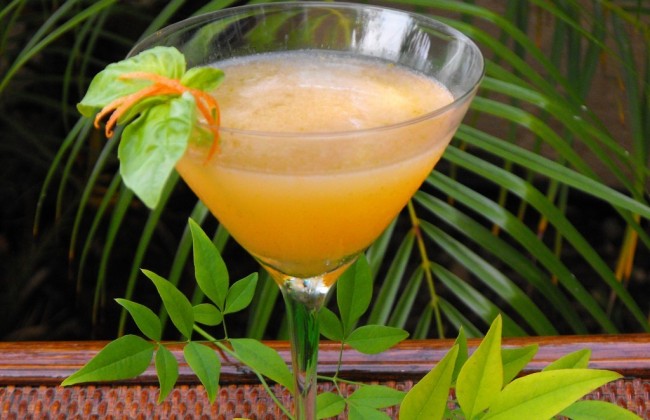

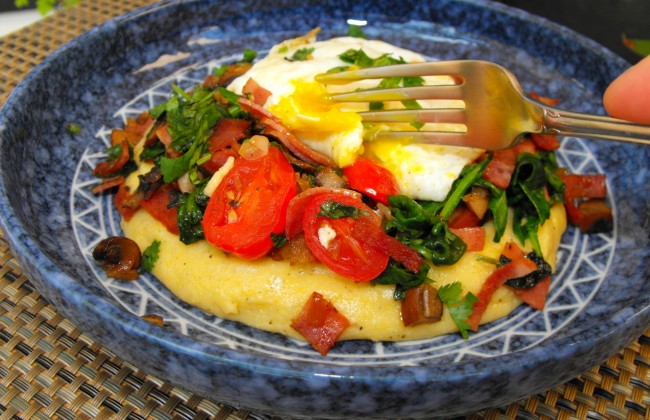


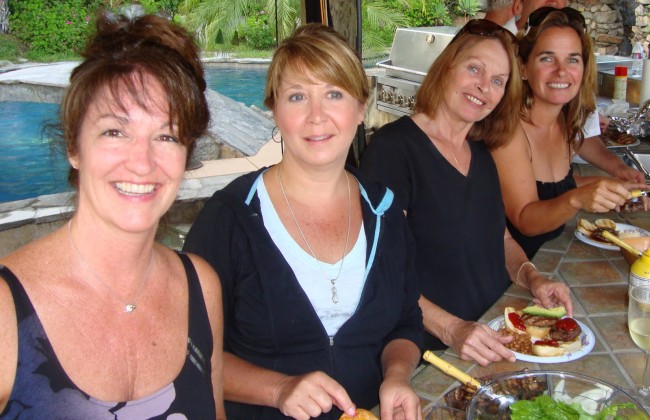




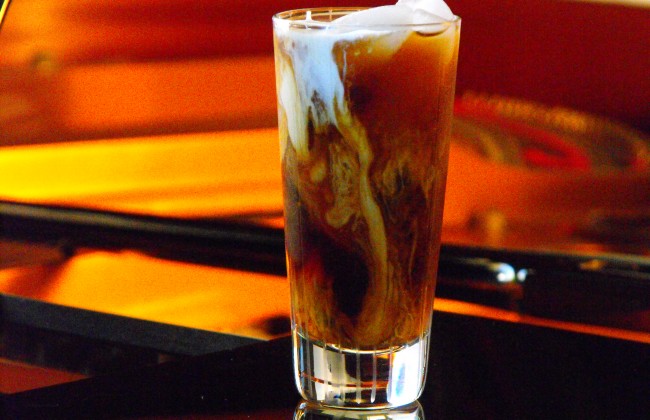


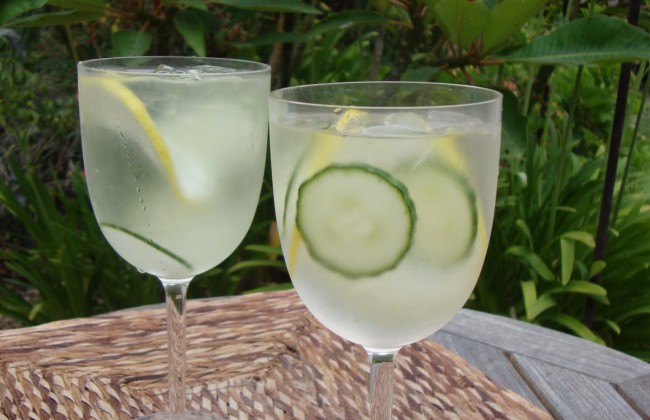
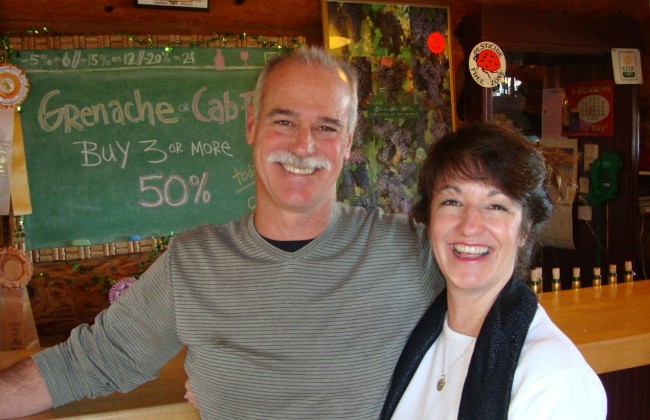

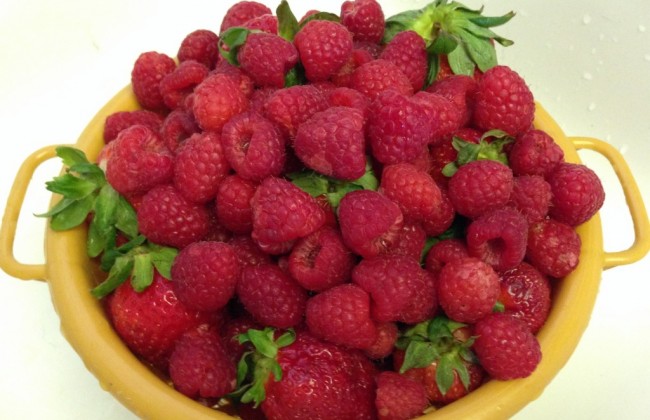
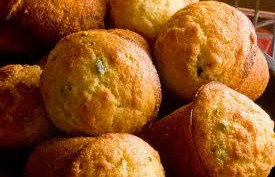



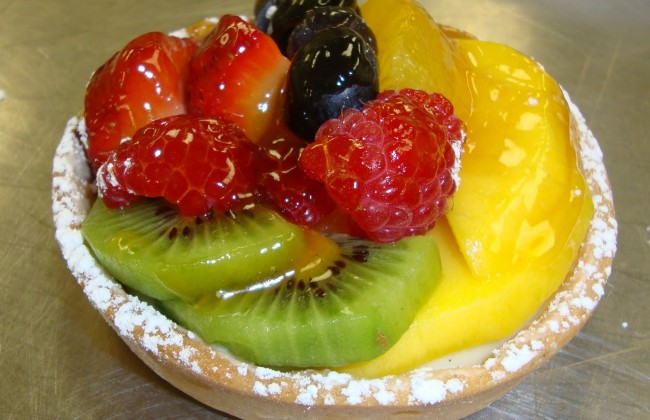
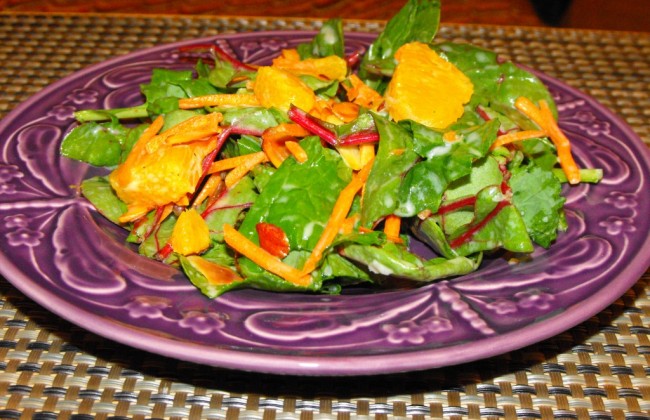
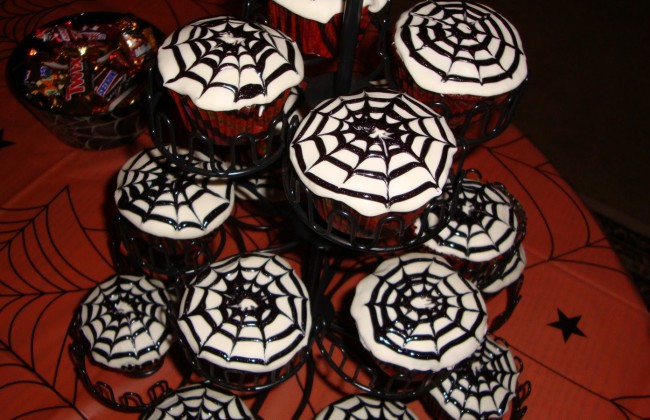





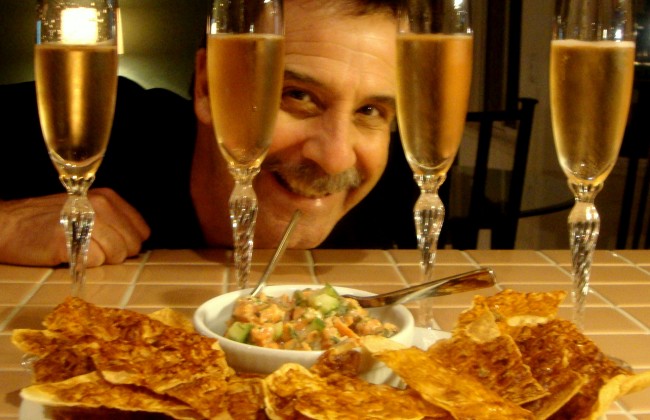
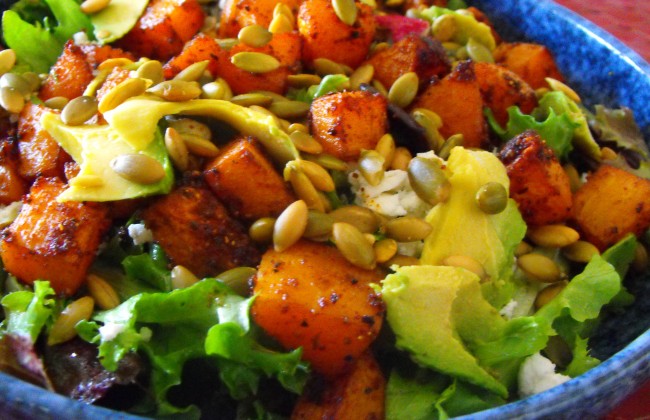
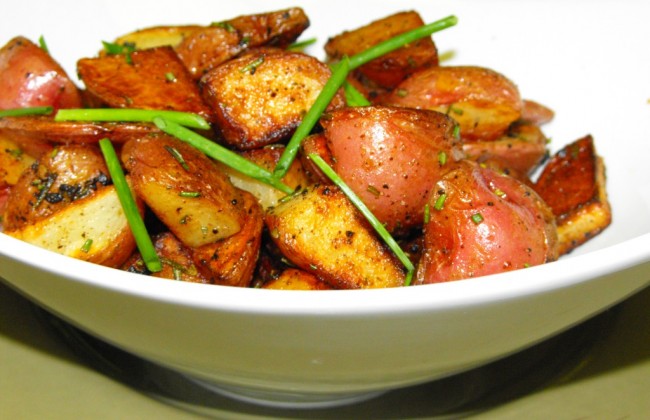
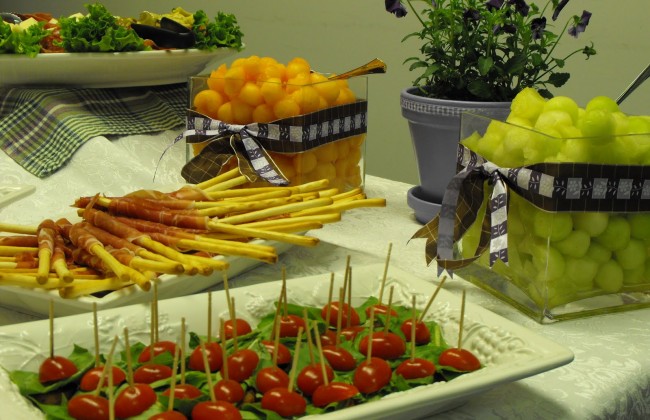
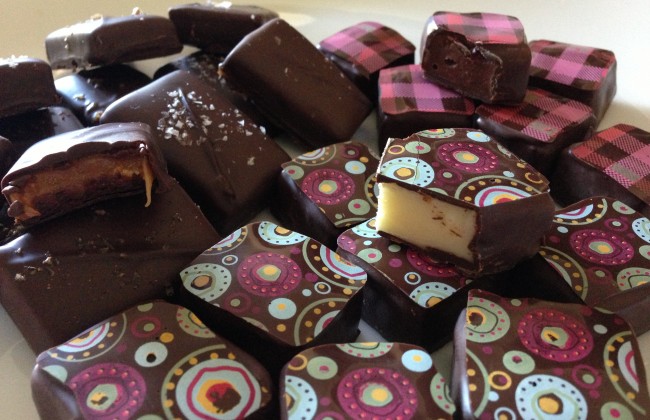
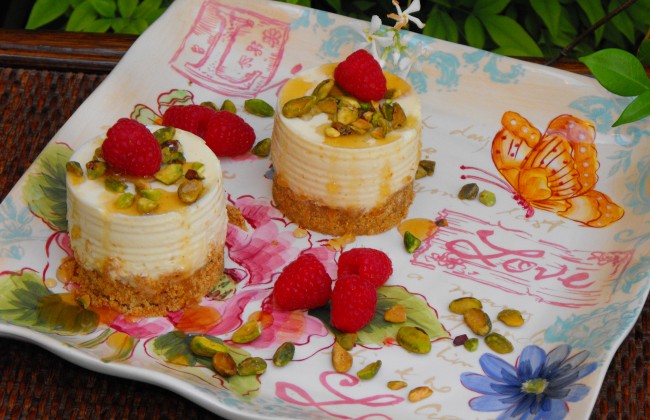

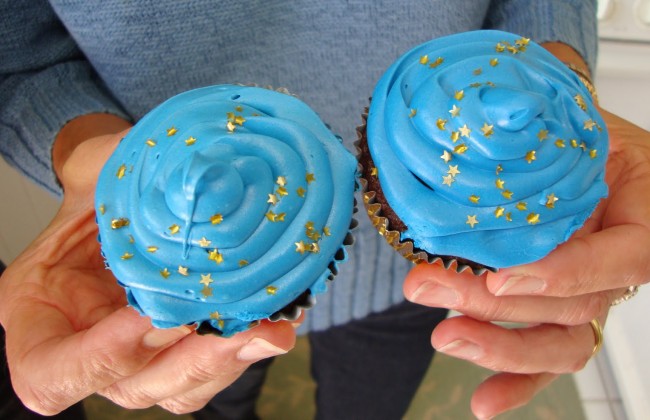

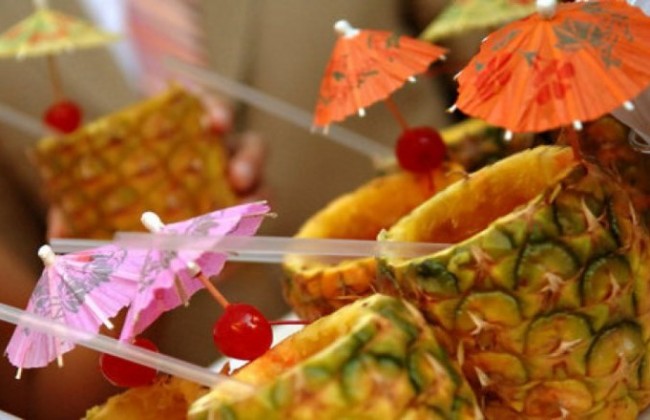

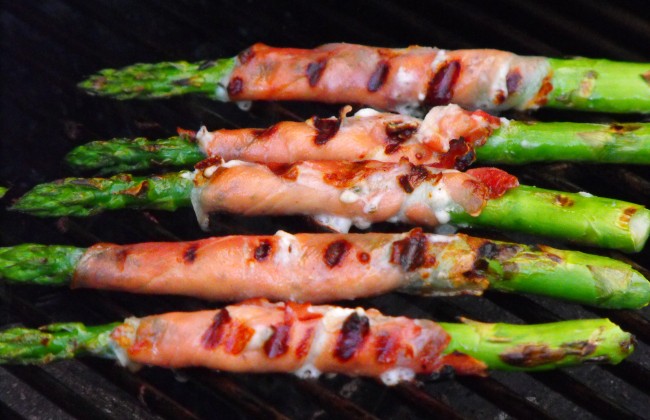


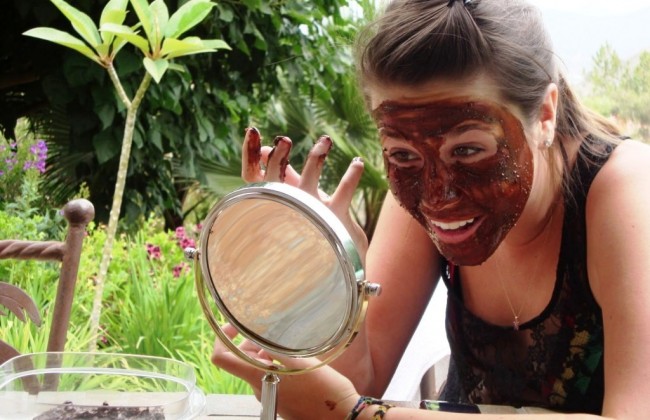





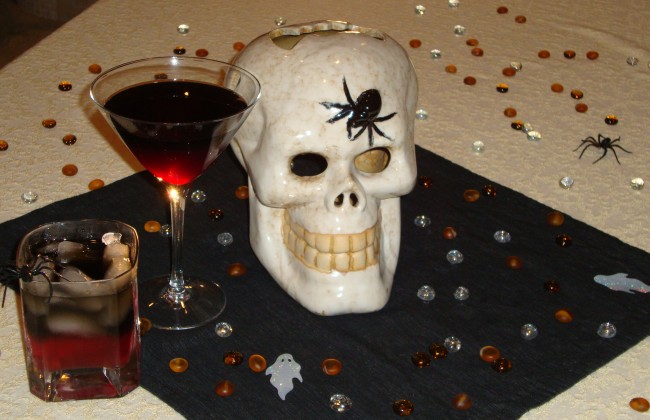

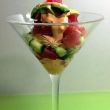
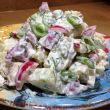
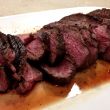


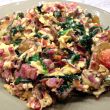
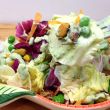

This was so freaking good! I love leeks, cabbage, and mashed potates…. but TOGETHER! OMG! You changed the game! My 9yo daughter was in grub heaven. She ate 3 plates of it. Thanks for this gem of a recipe!
Does this work using a 9×13 (cake) pan? Or should it be a deeper dish?
Shepherd’s pie = lamb mince, ya dingus